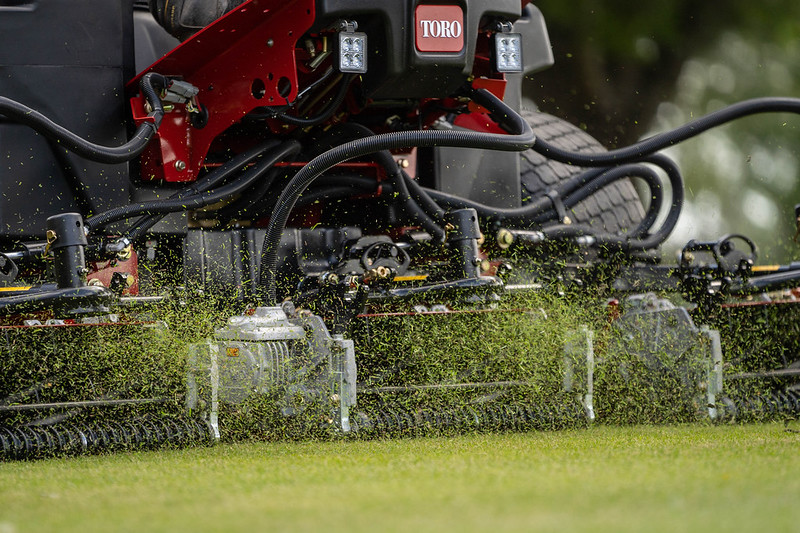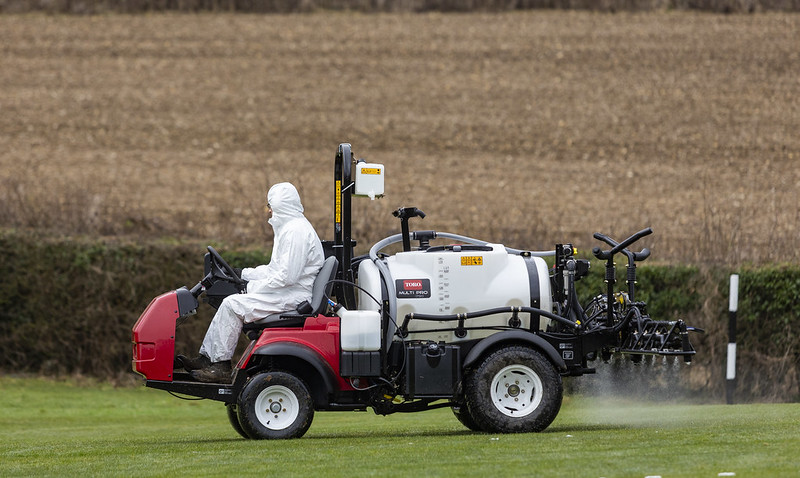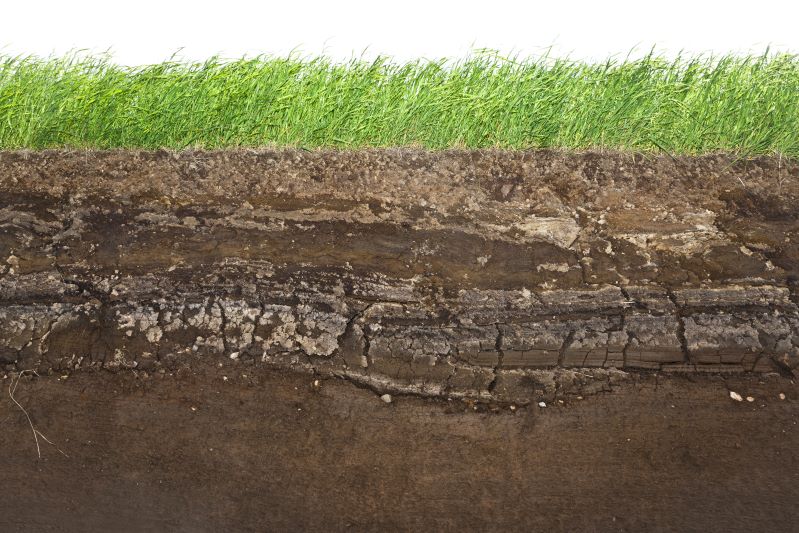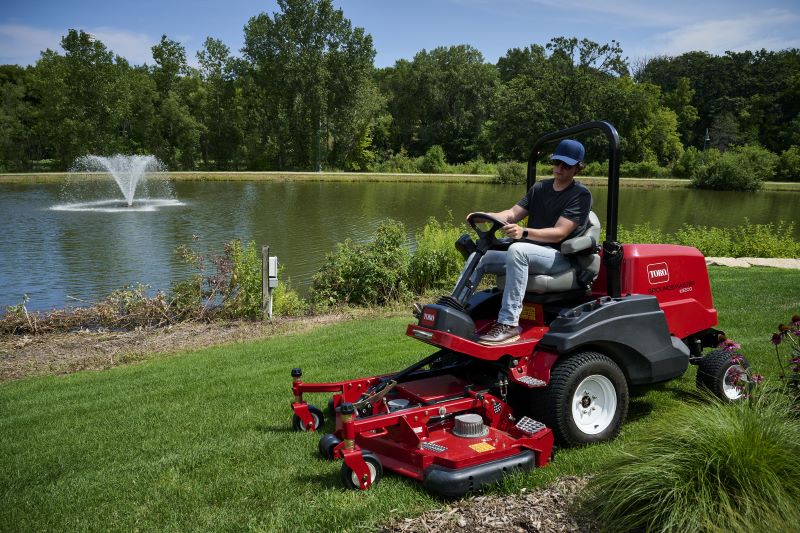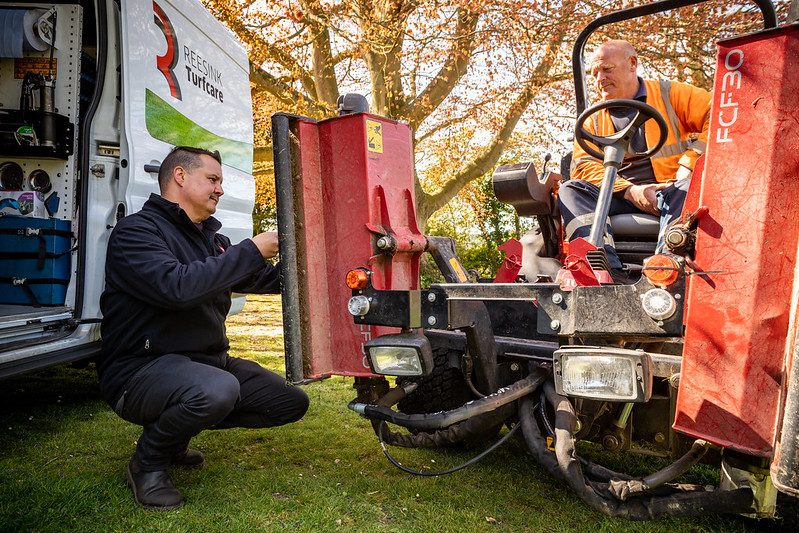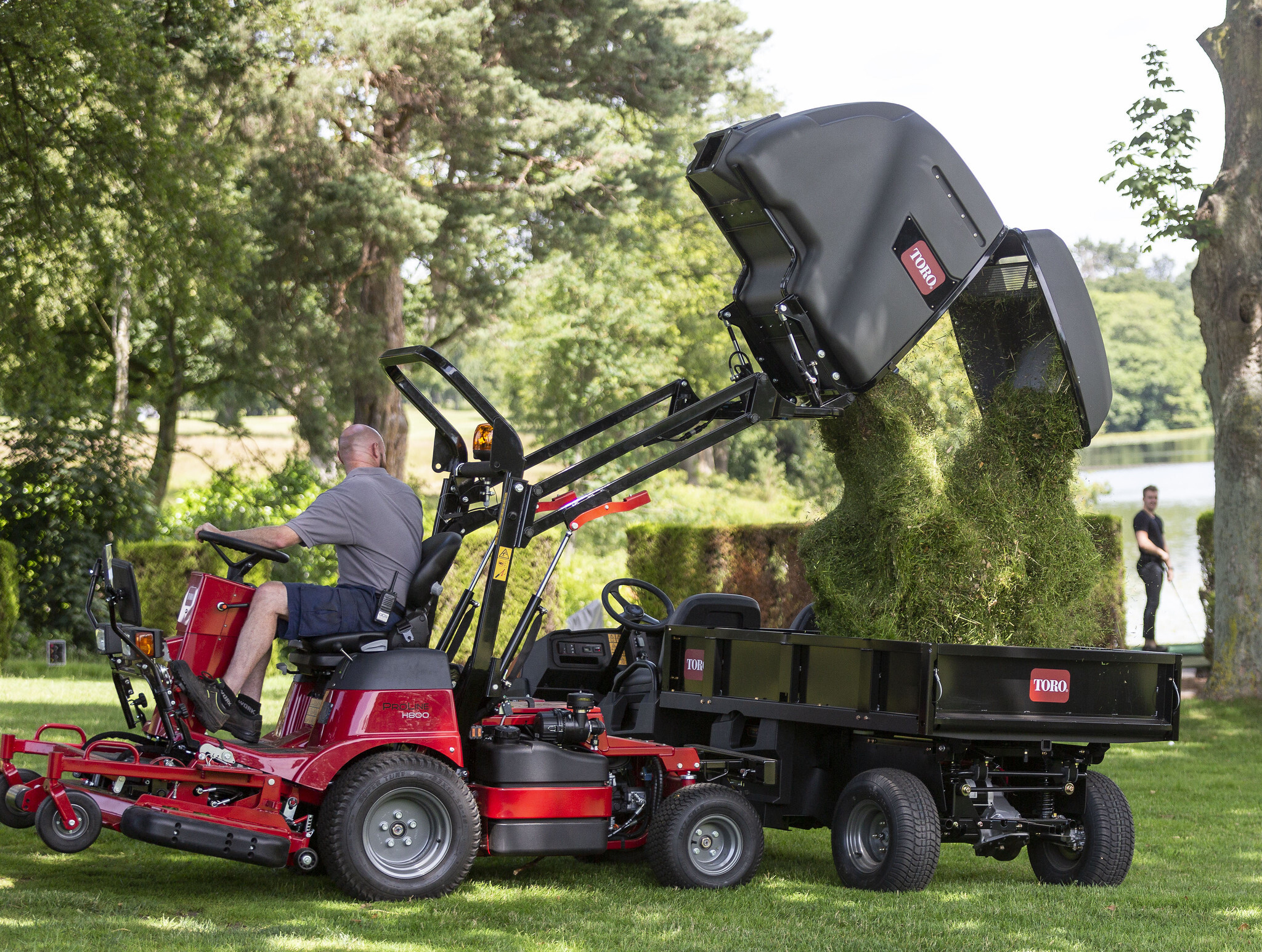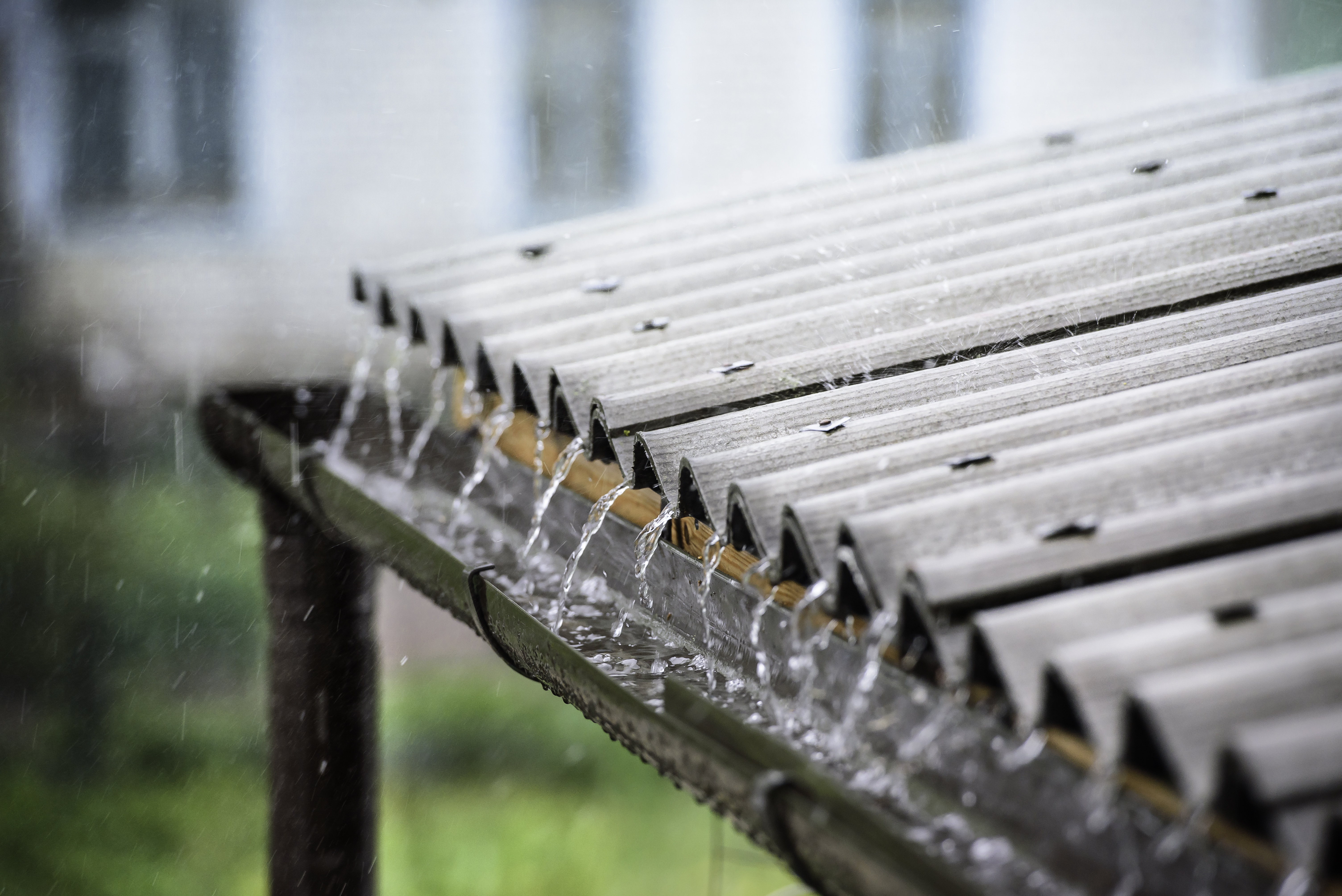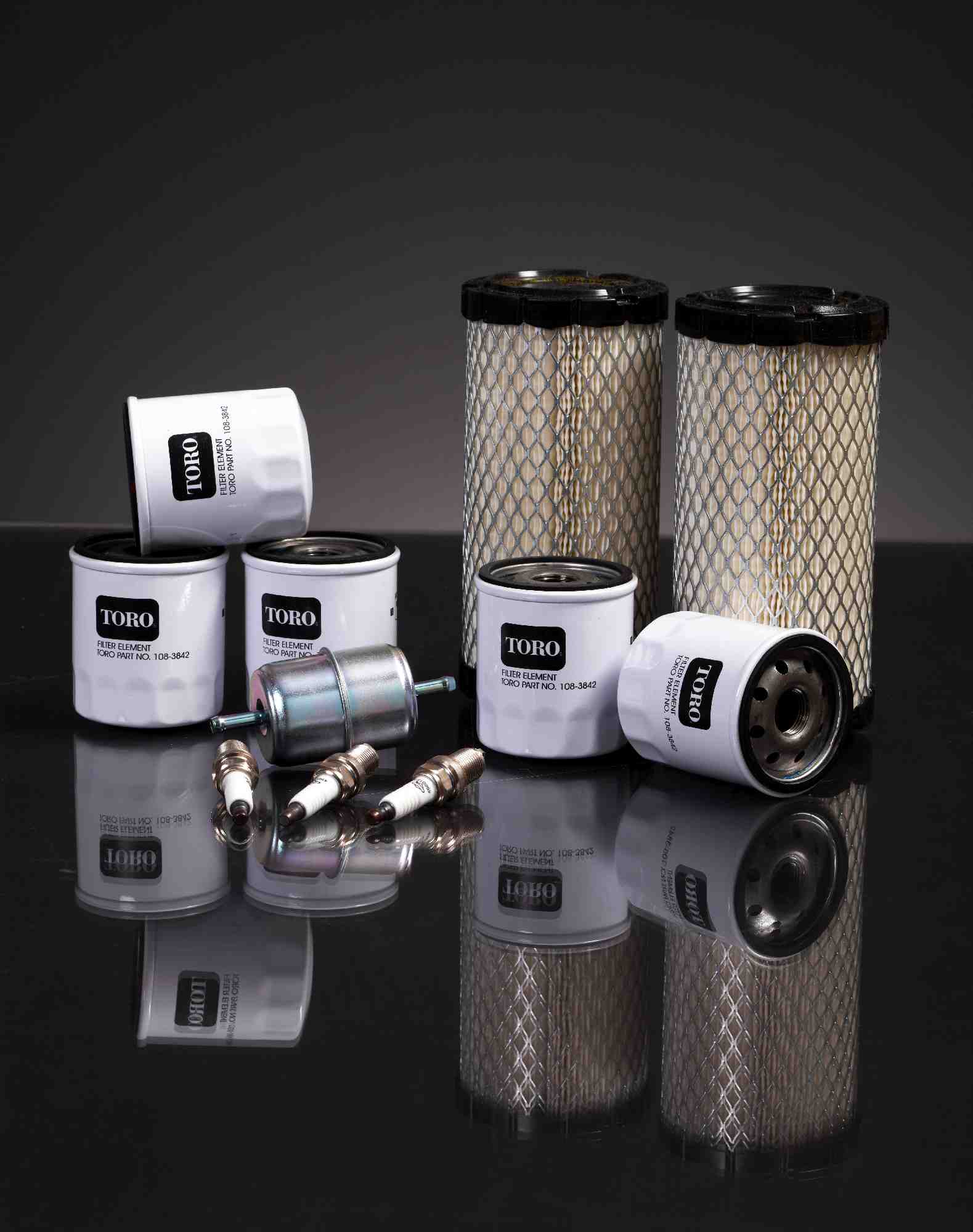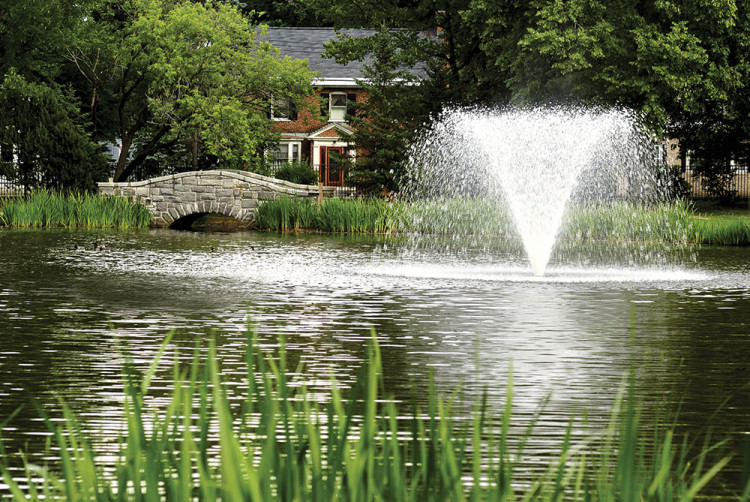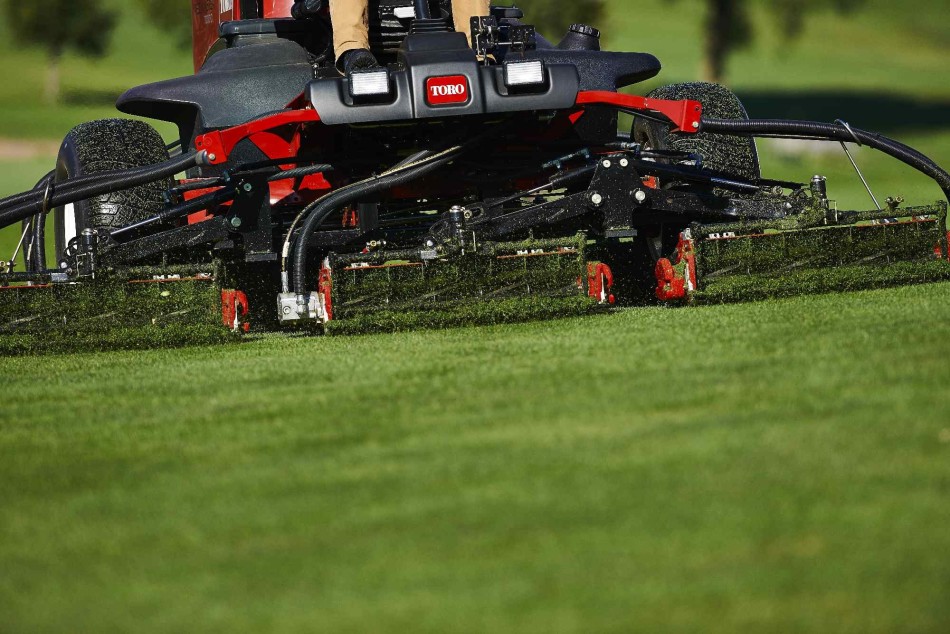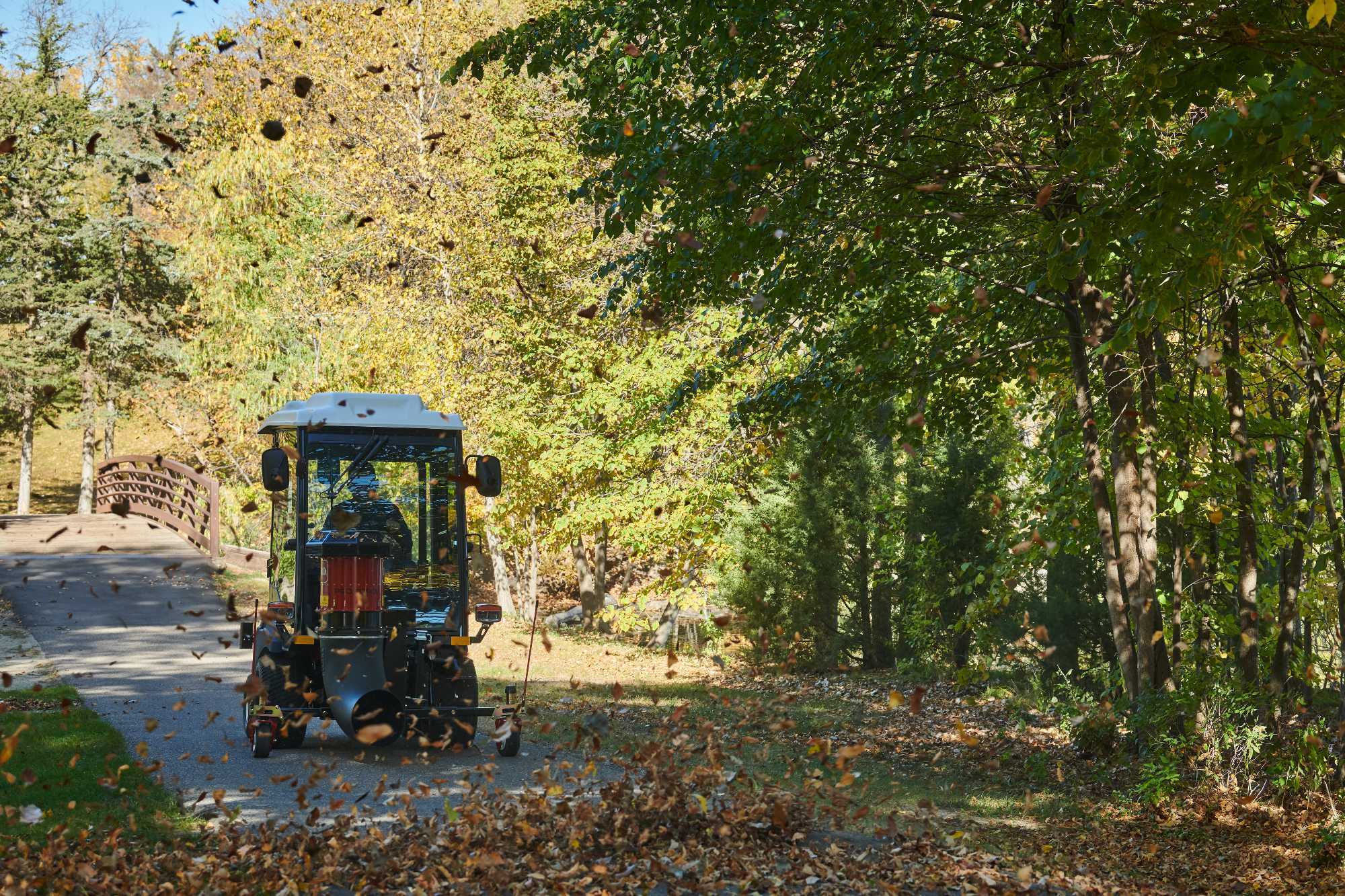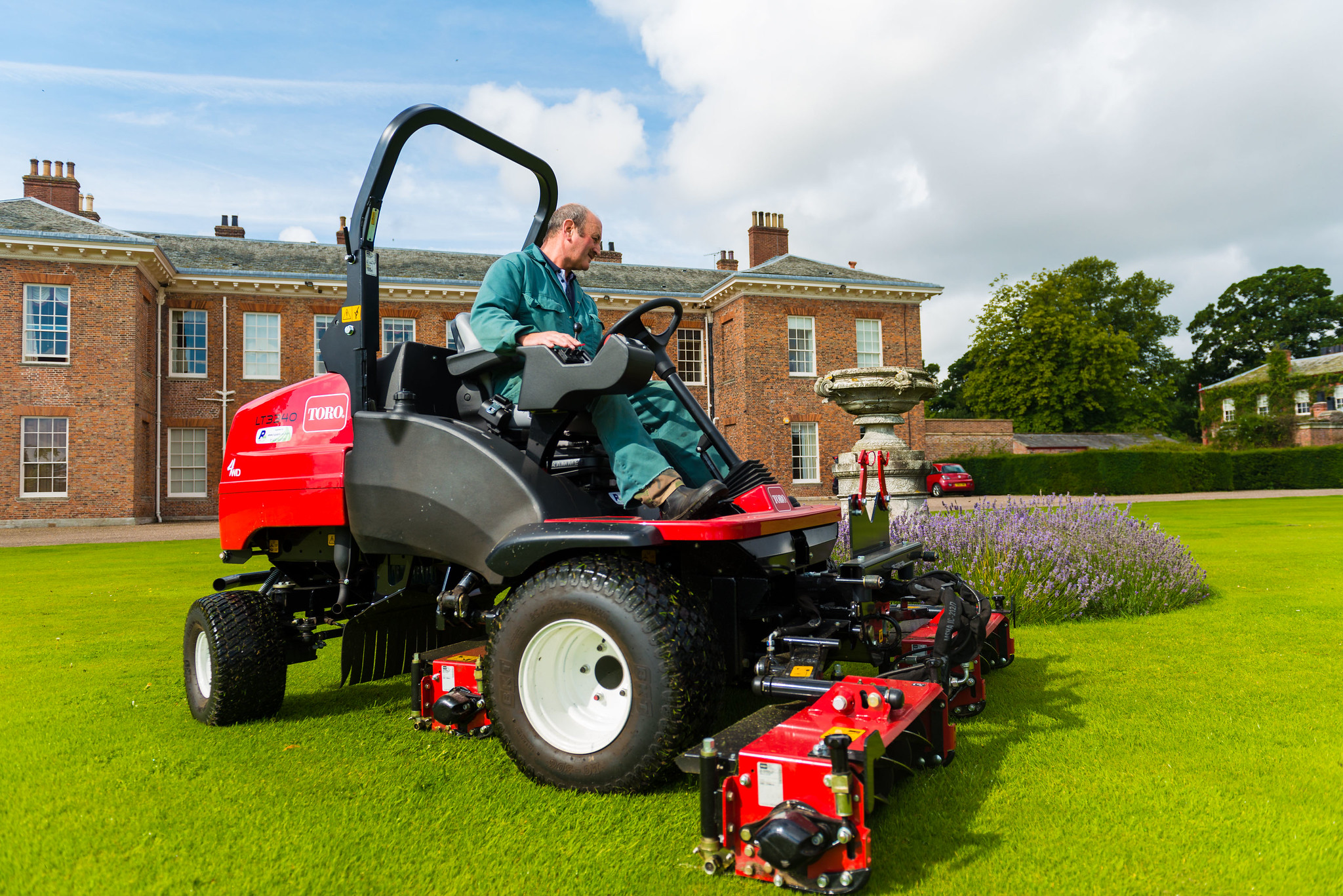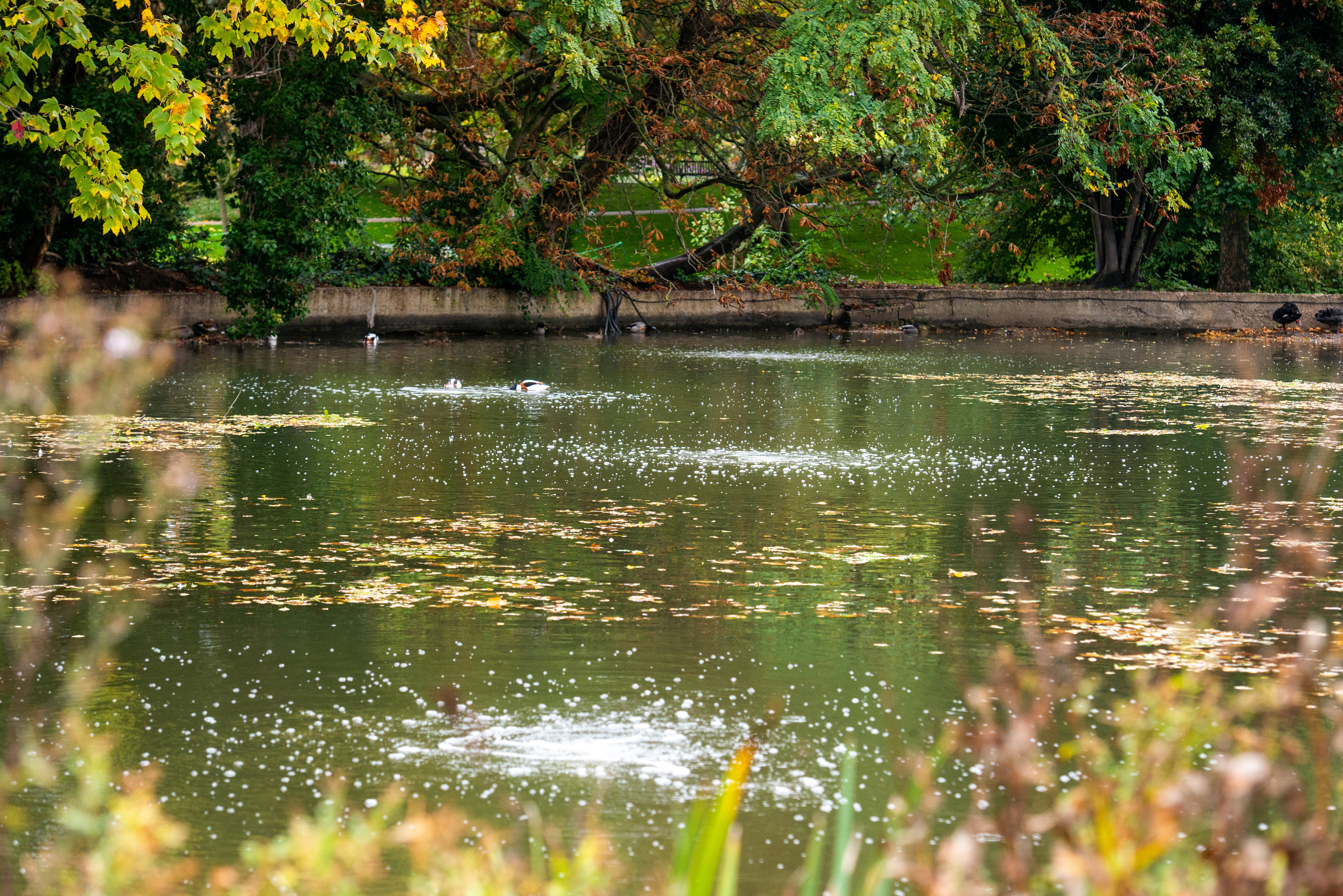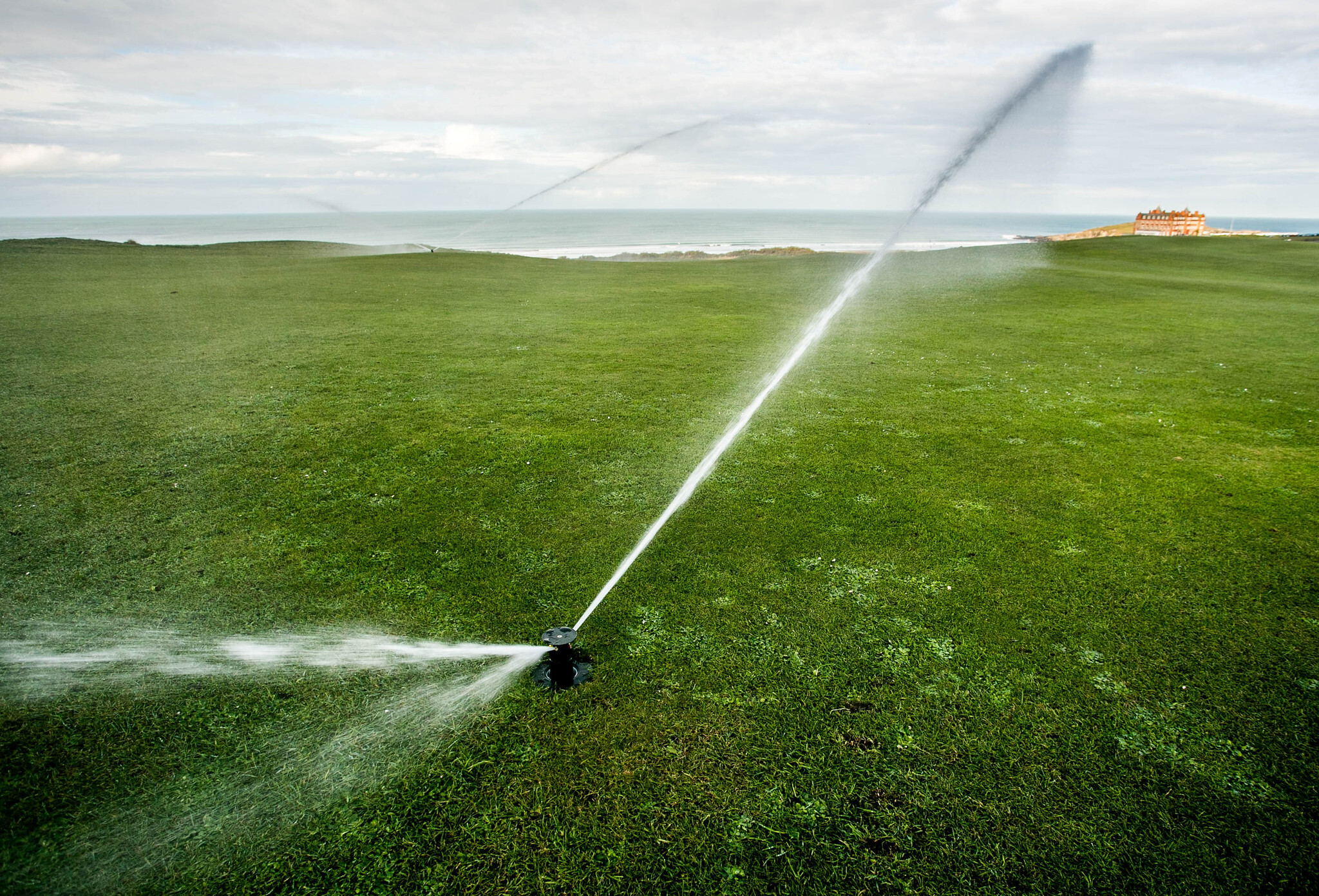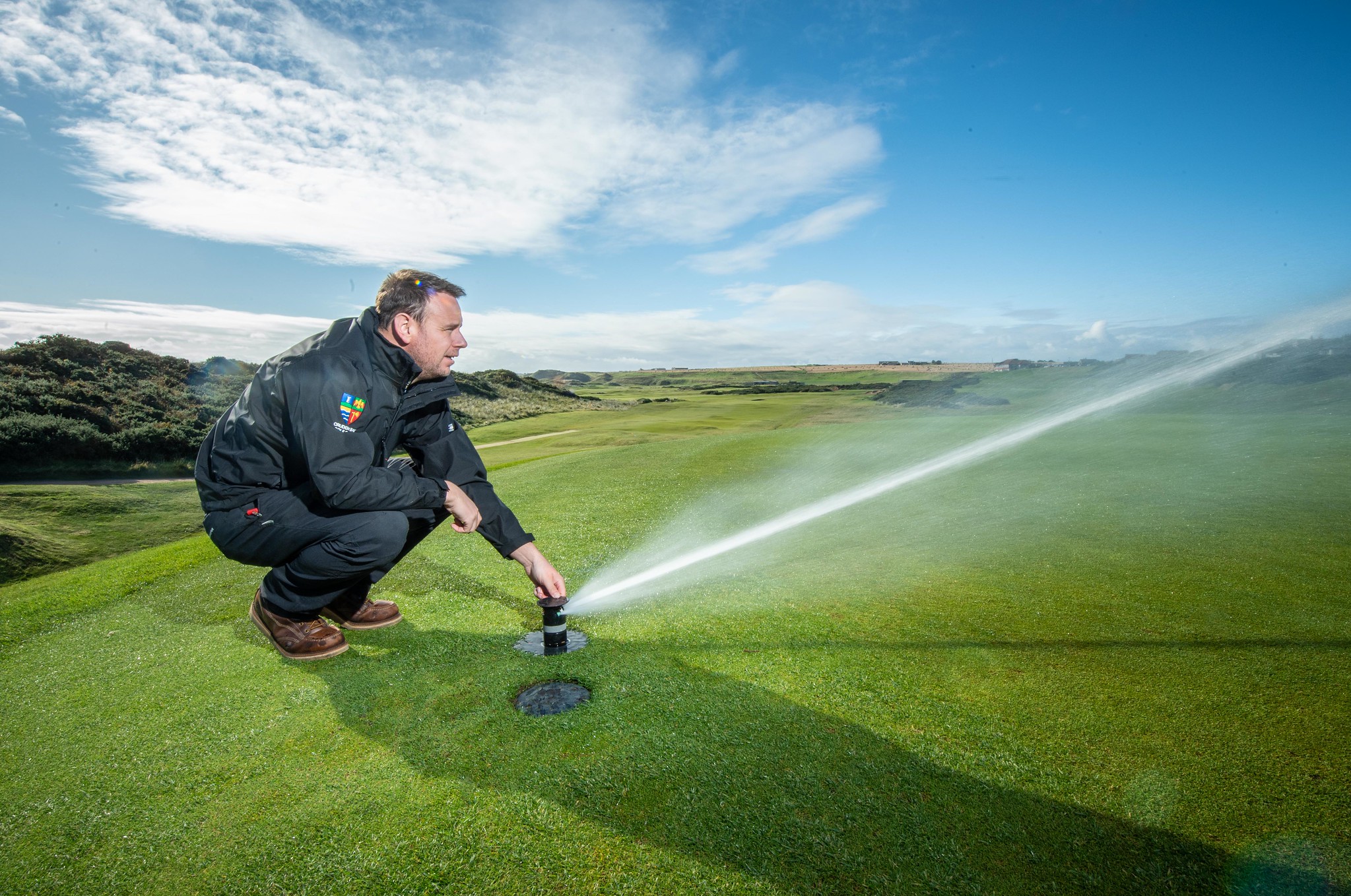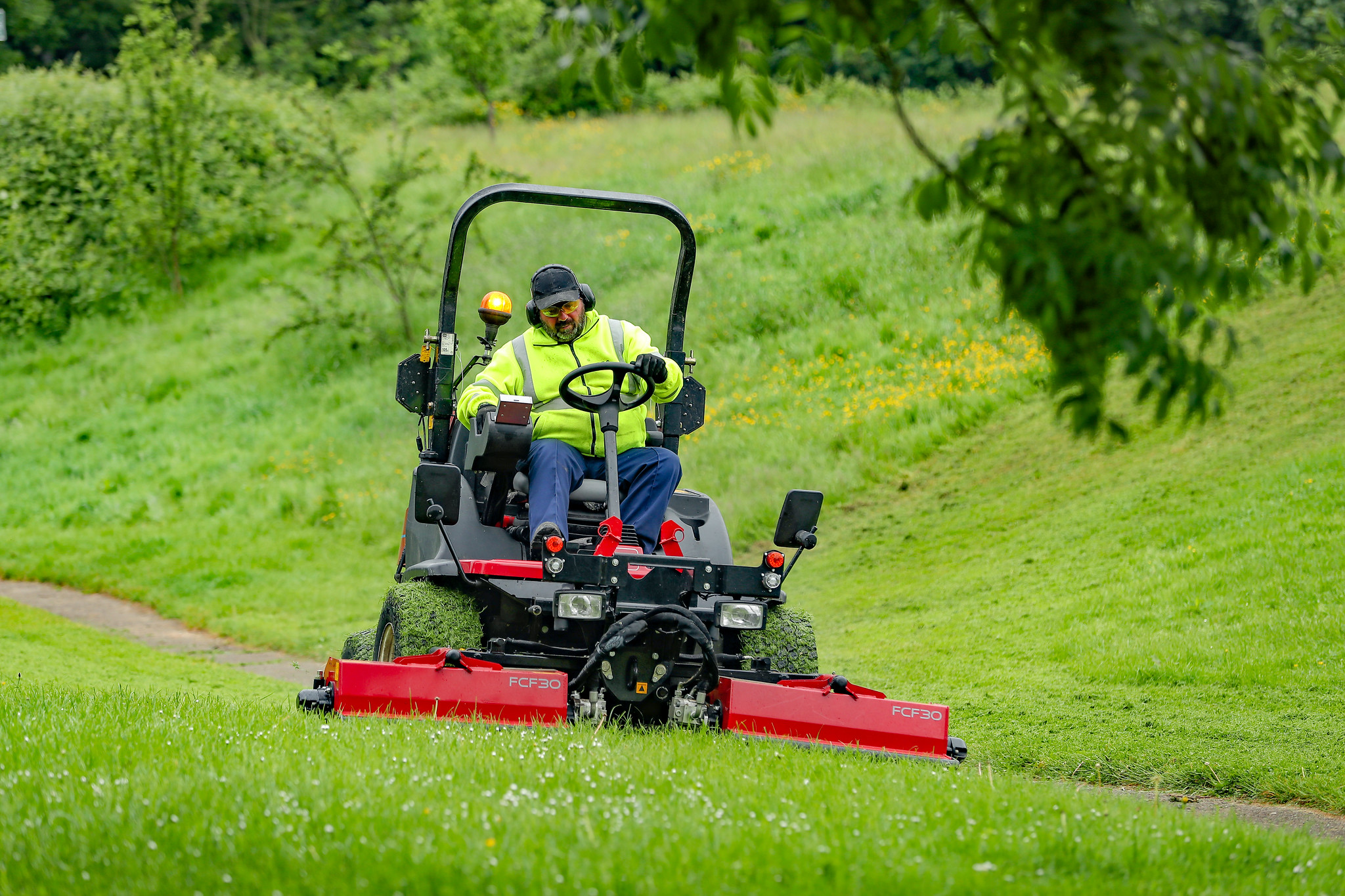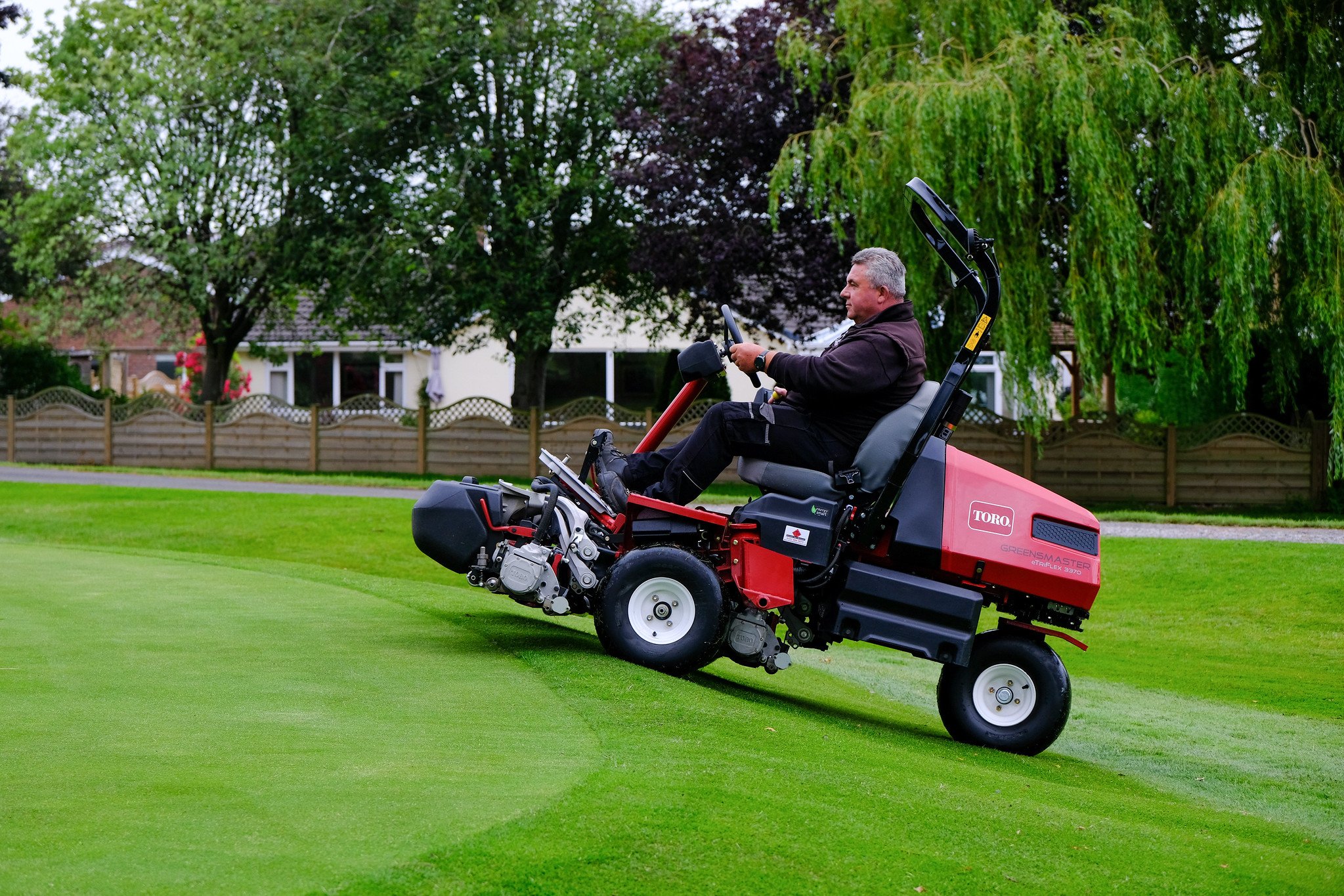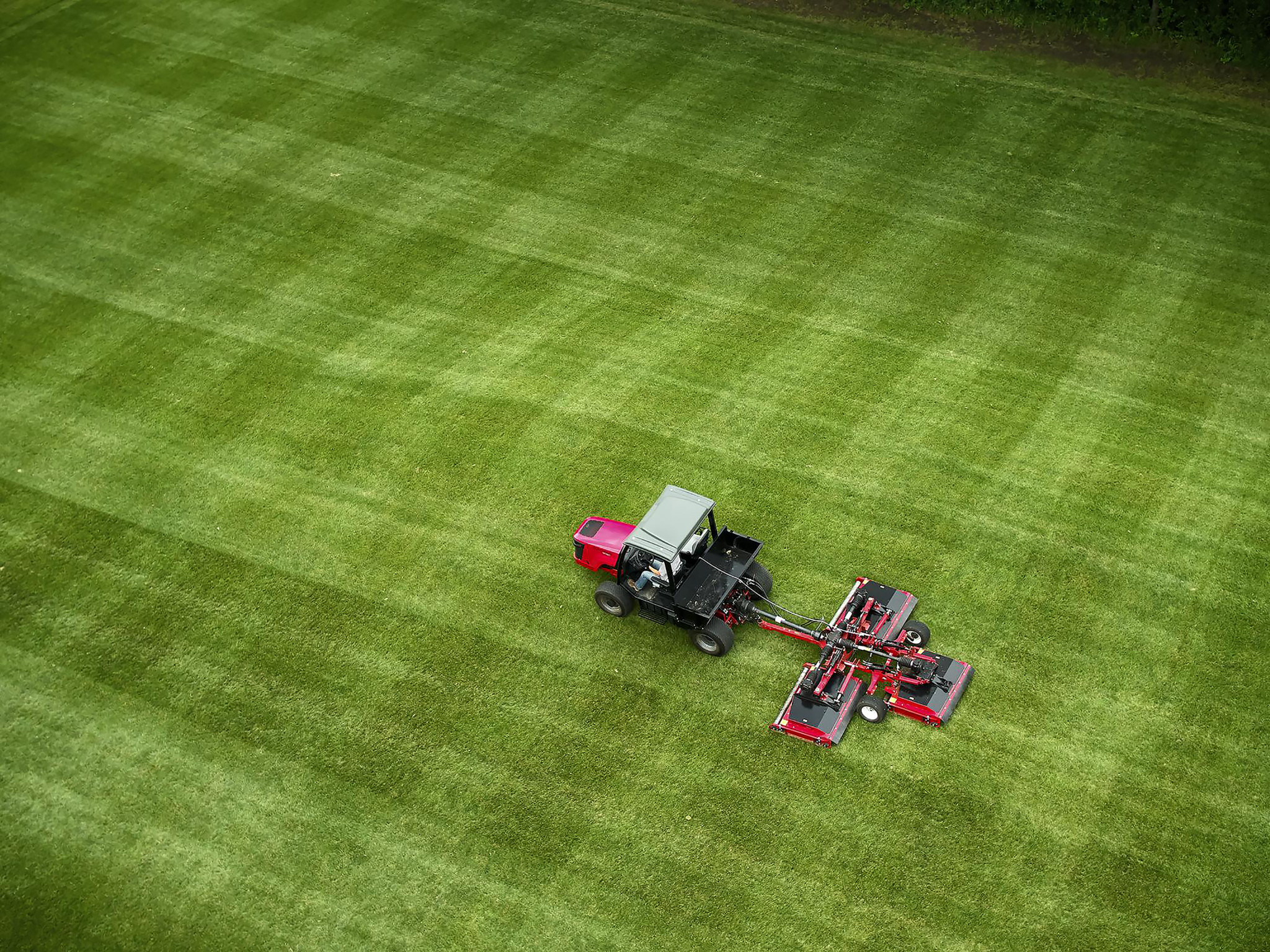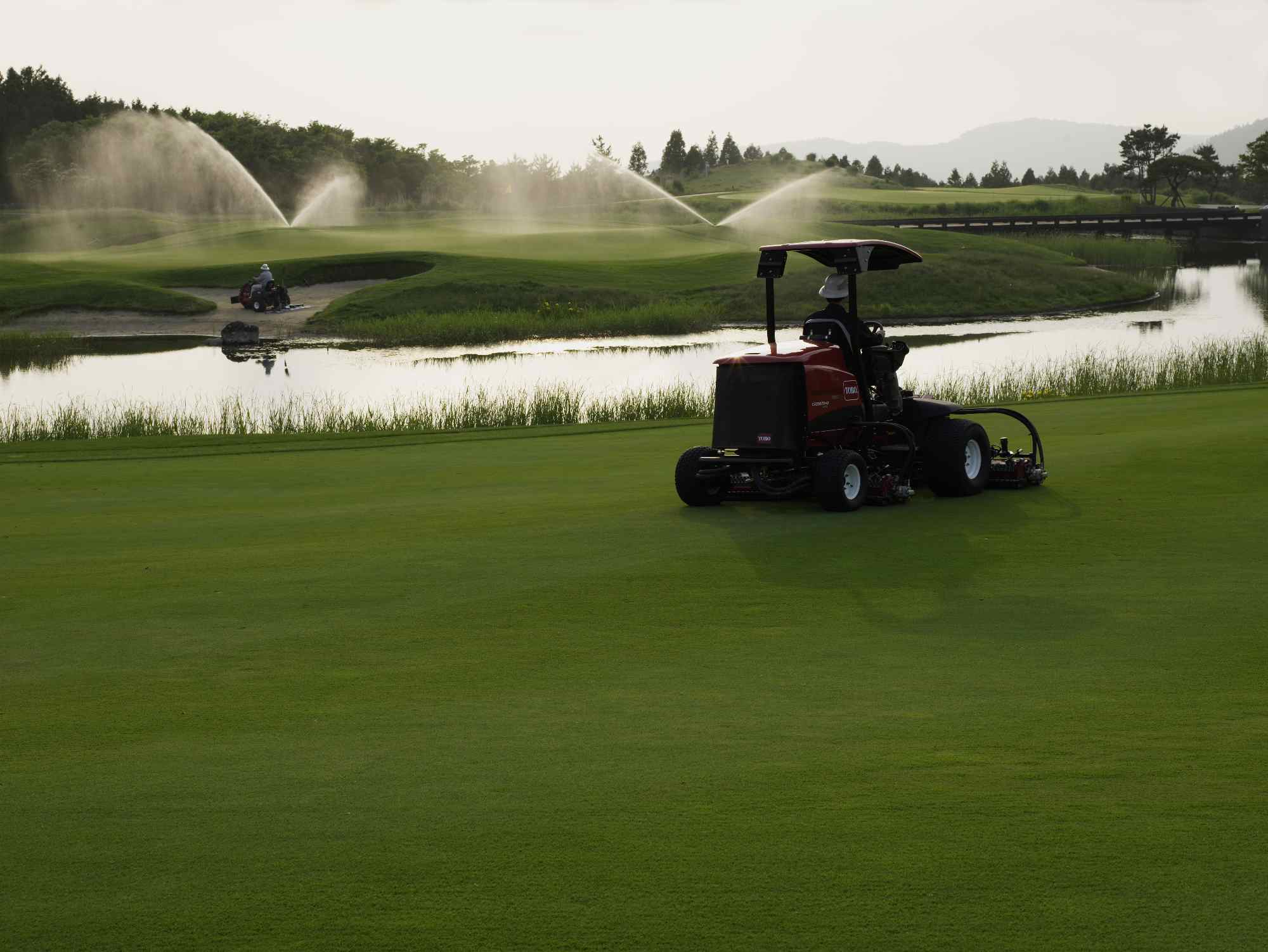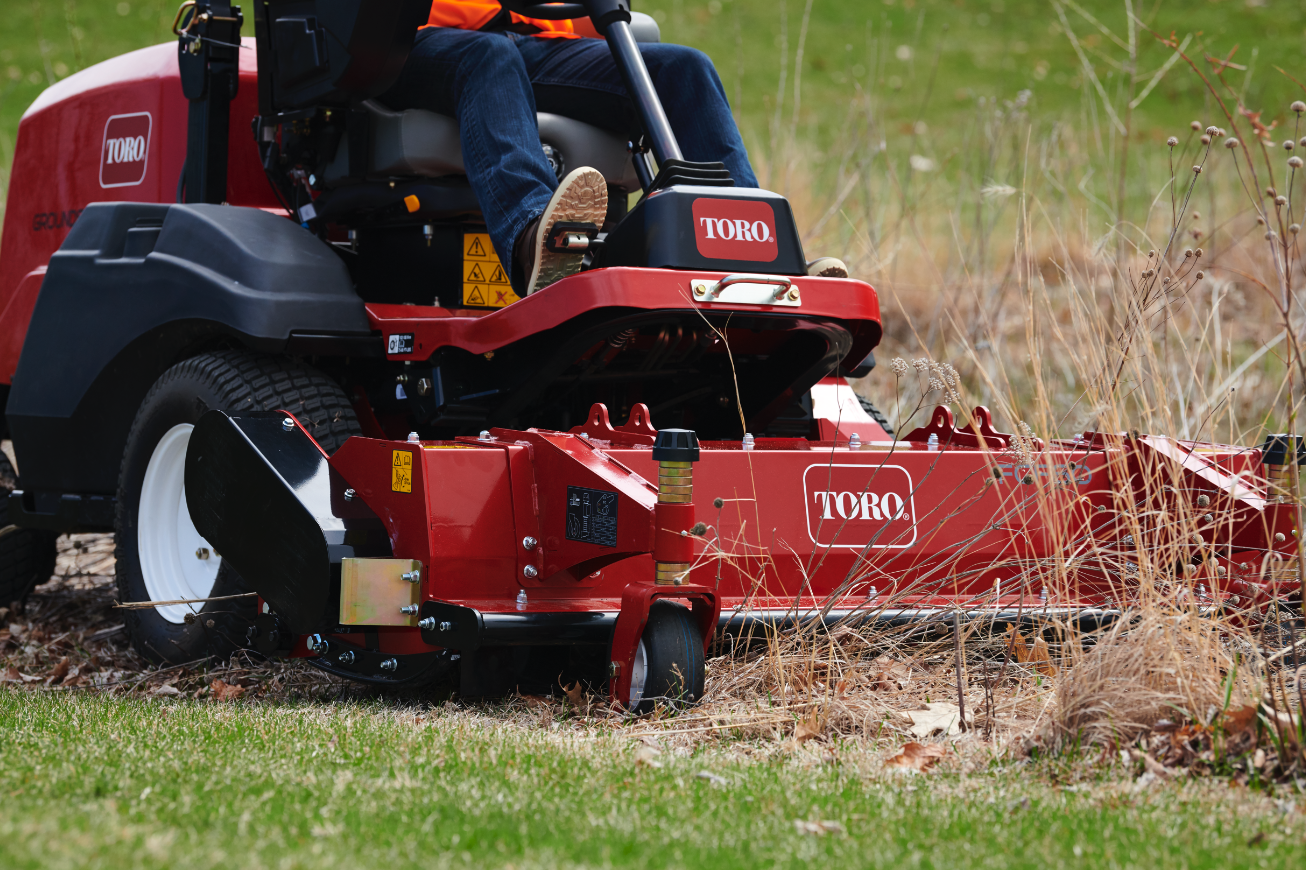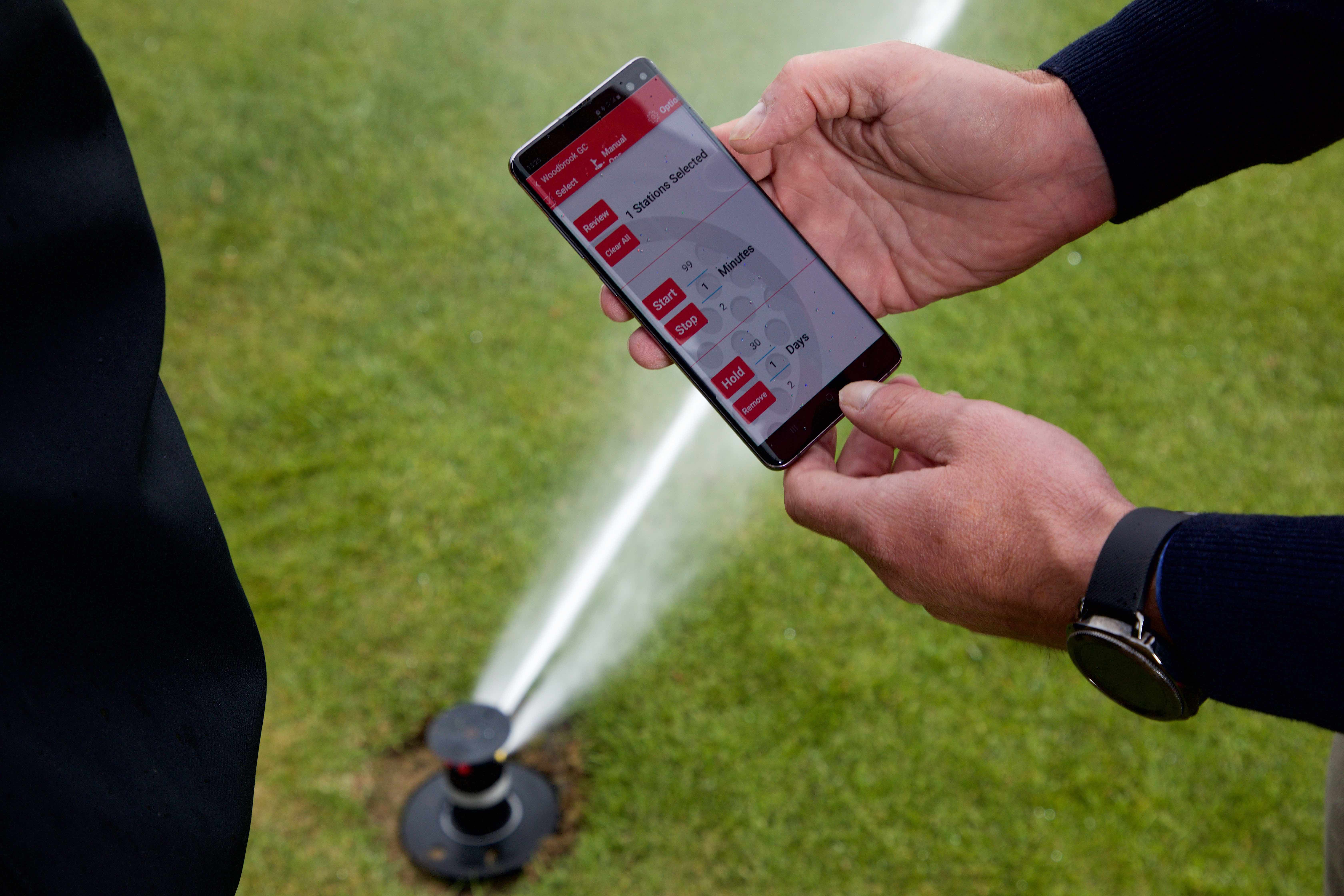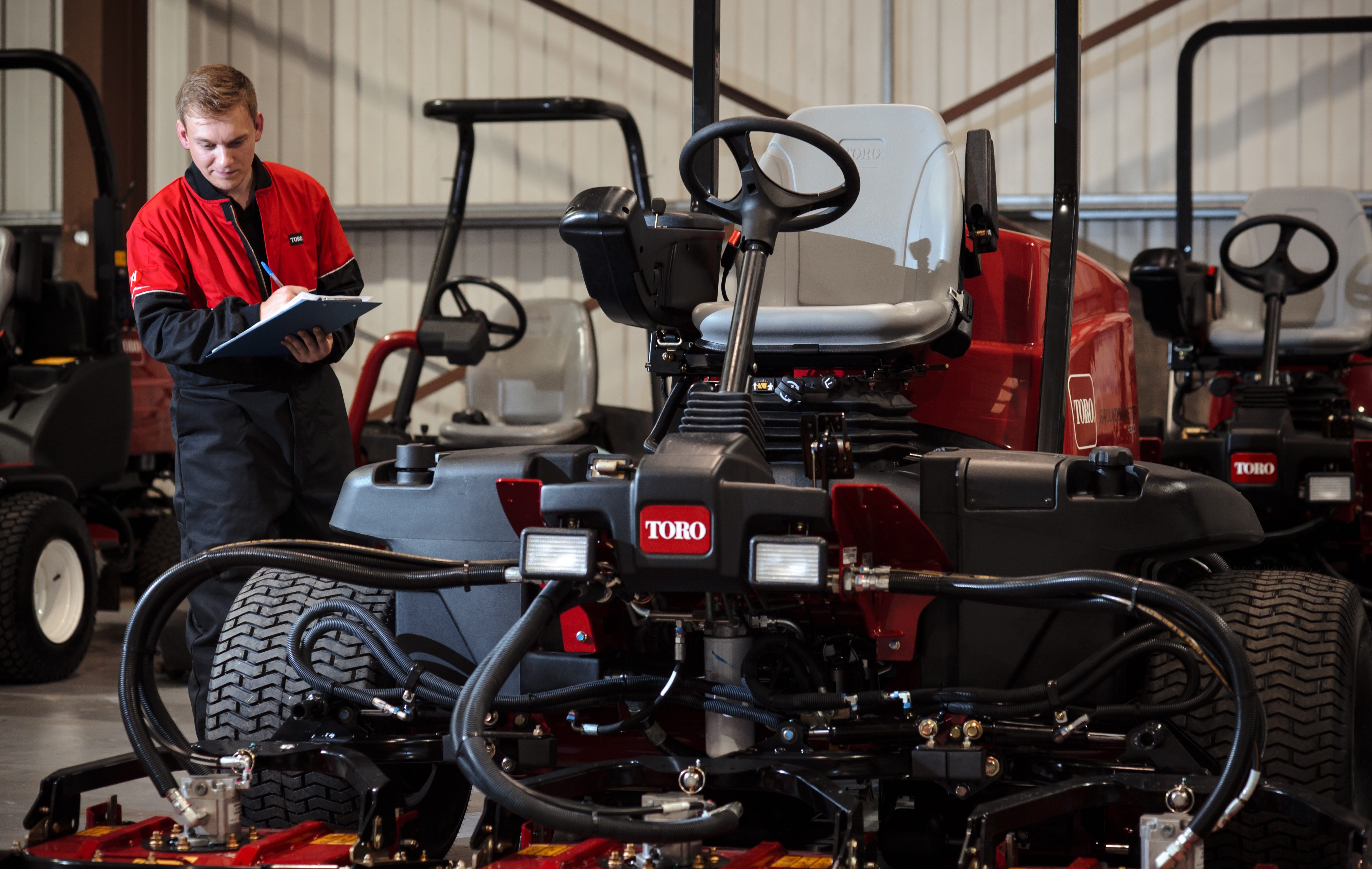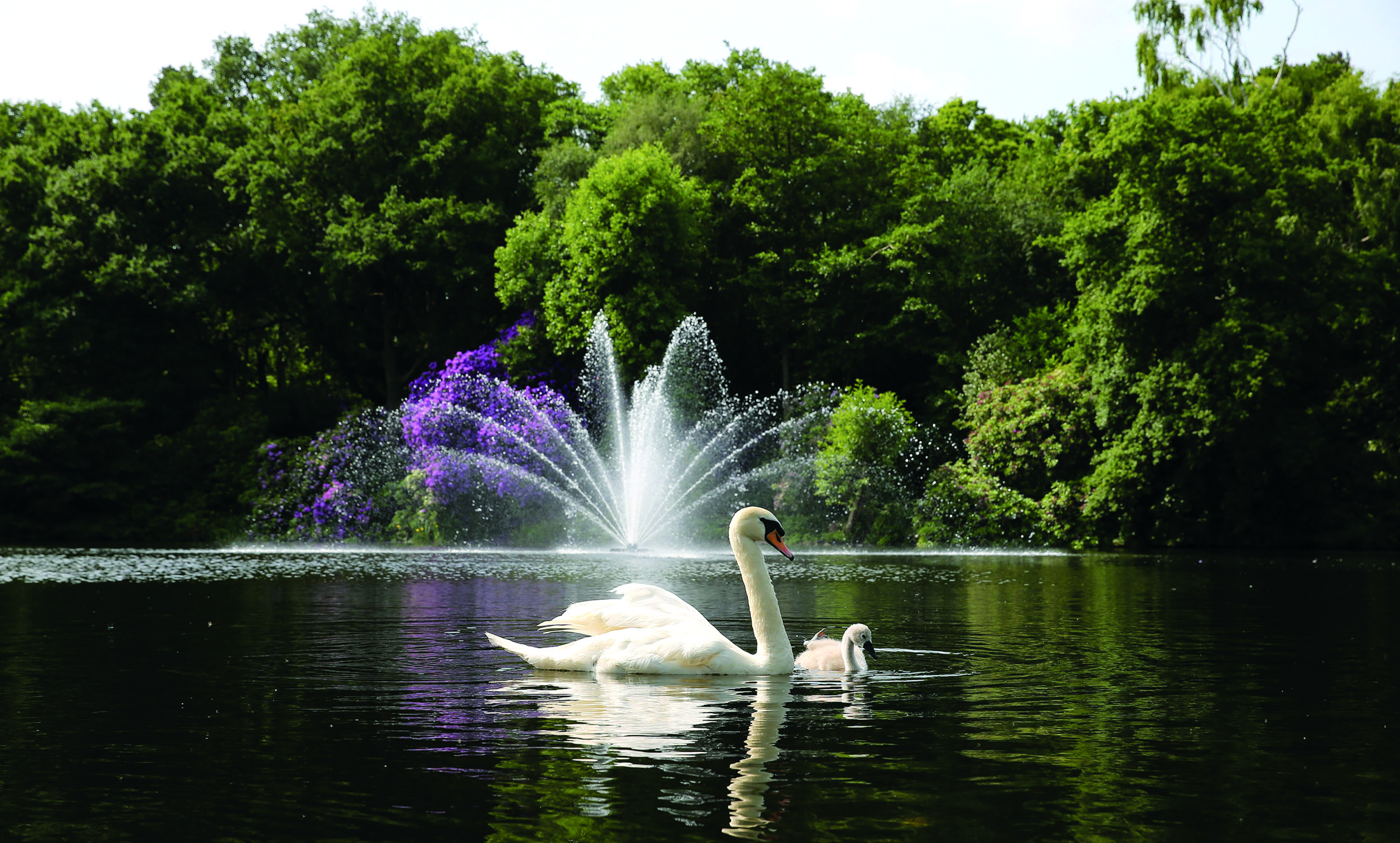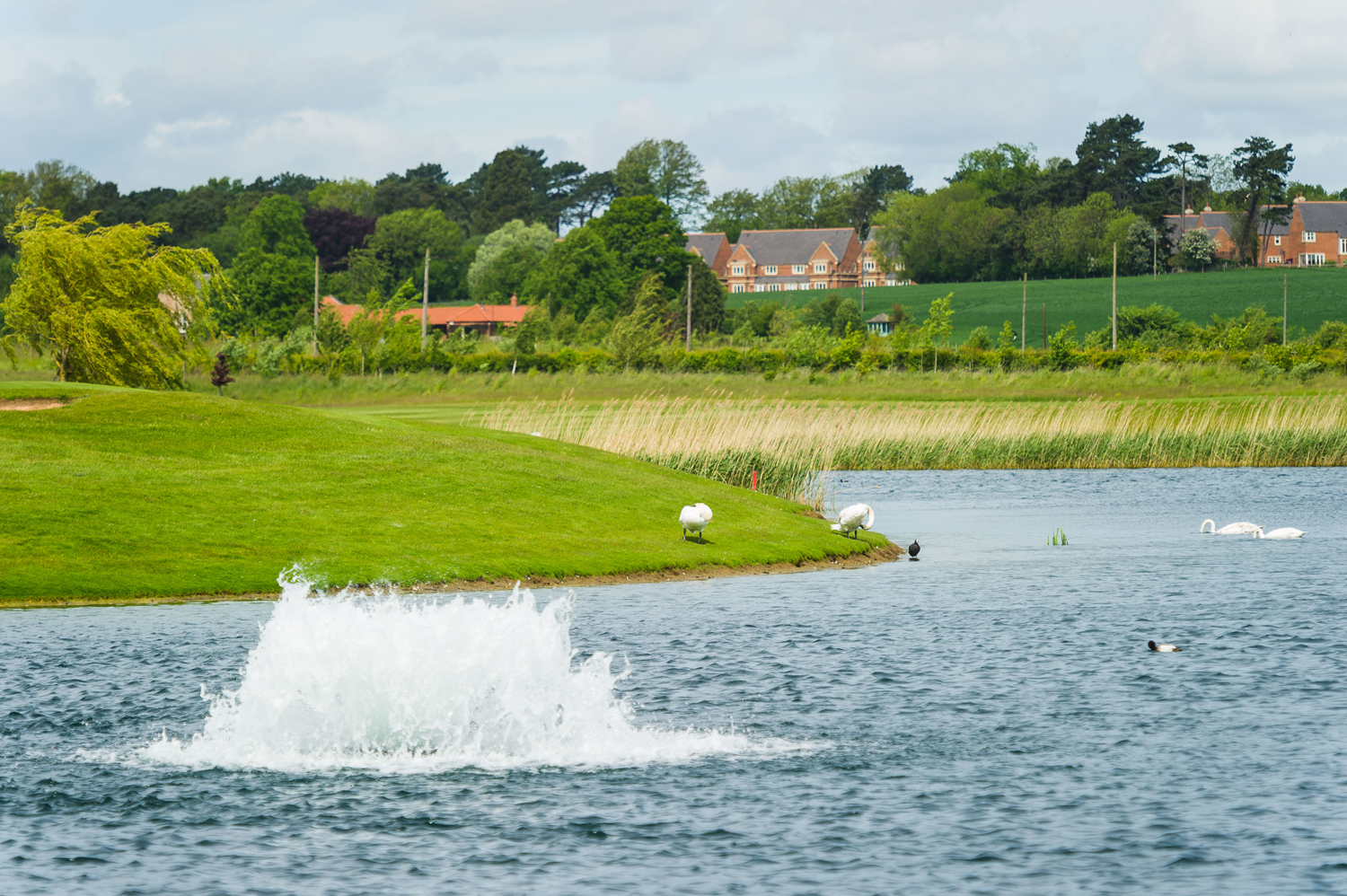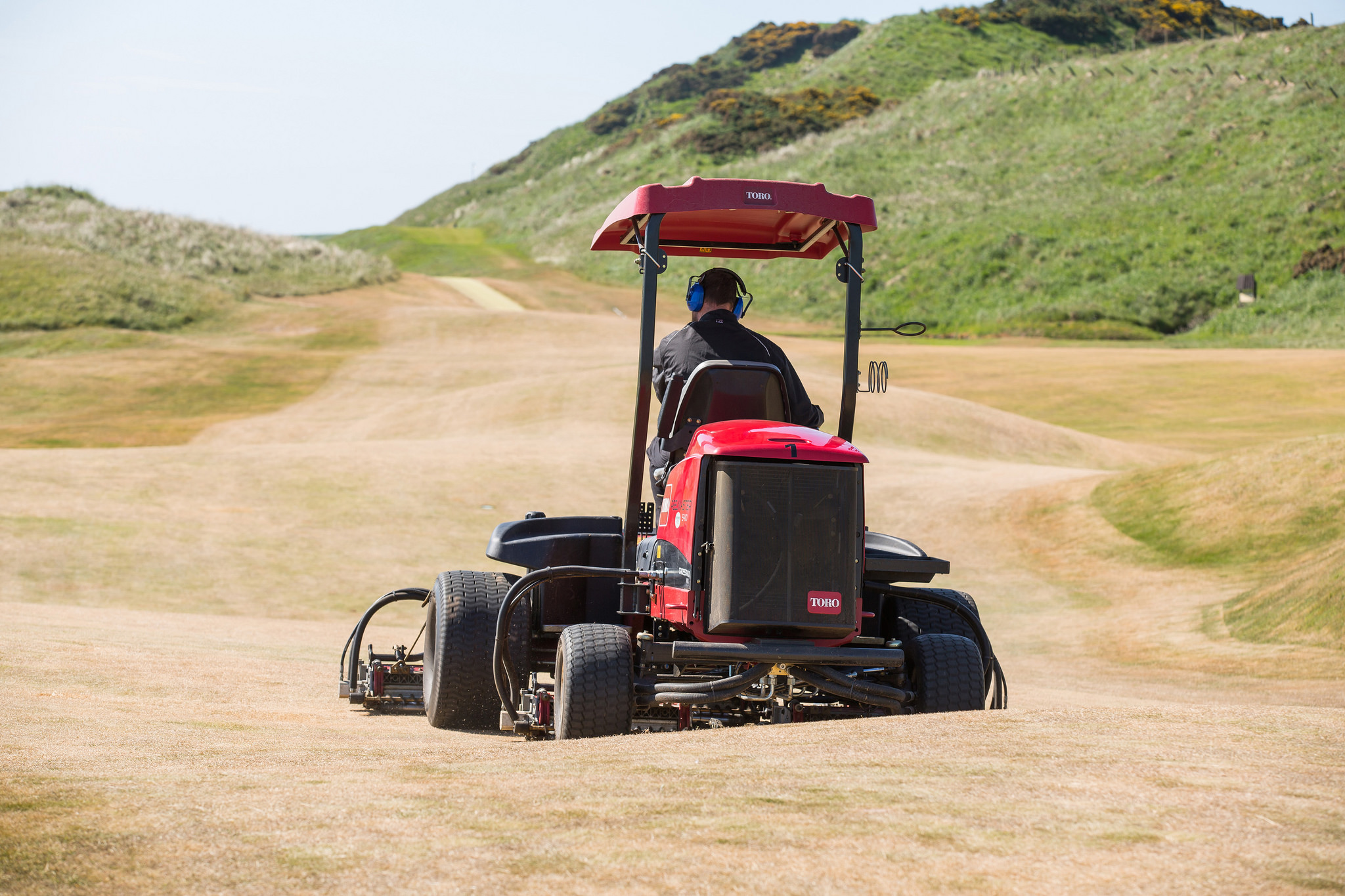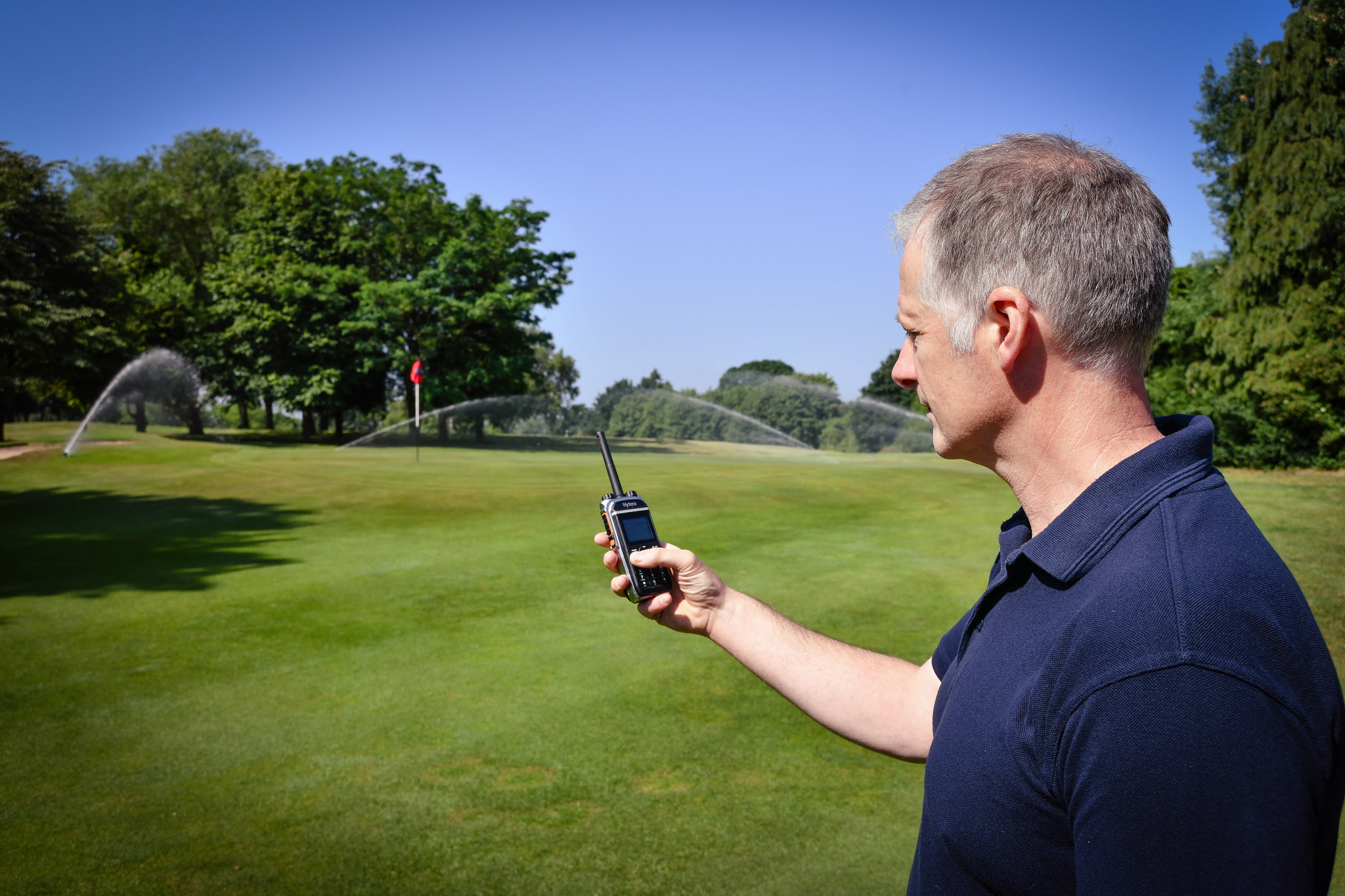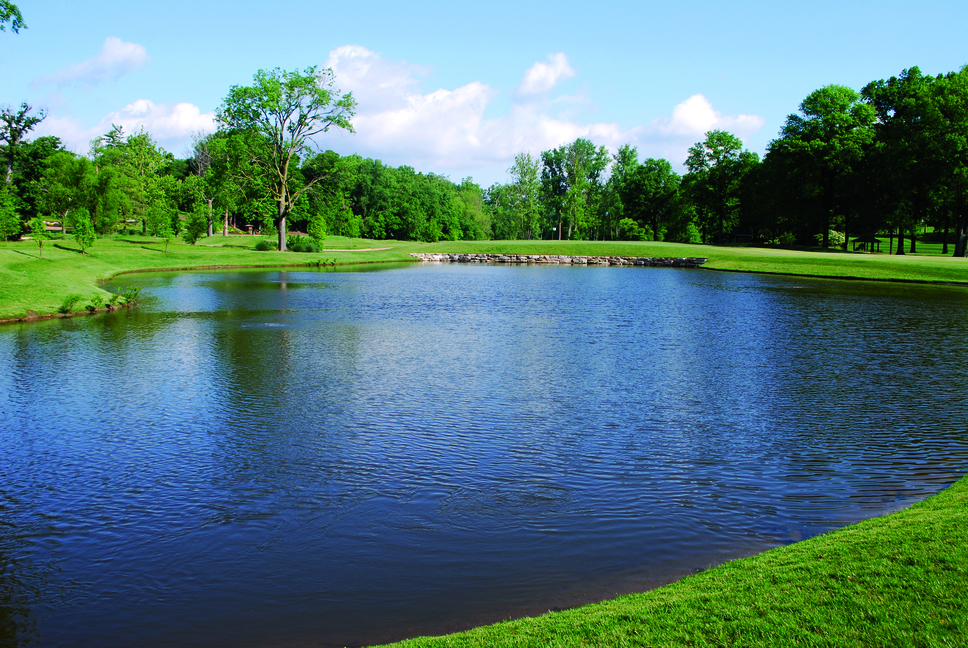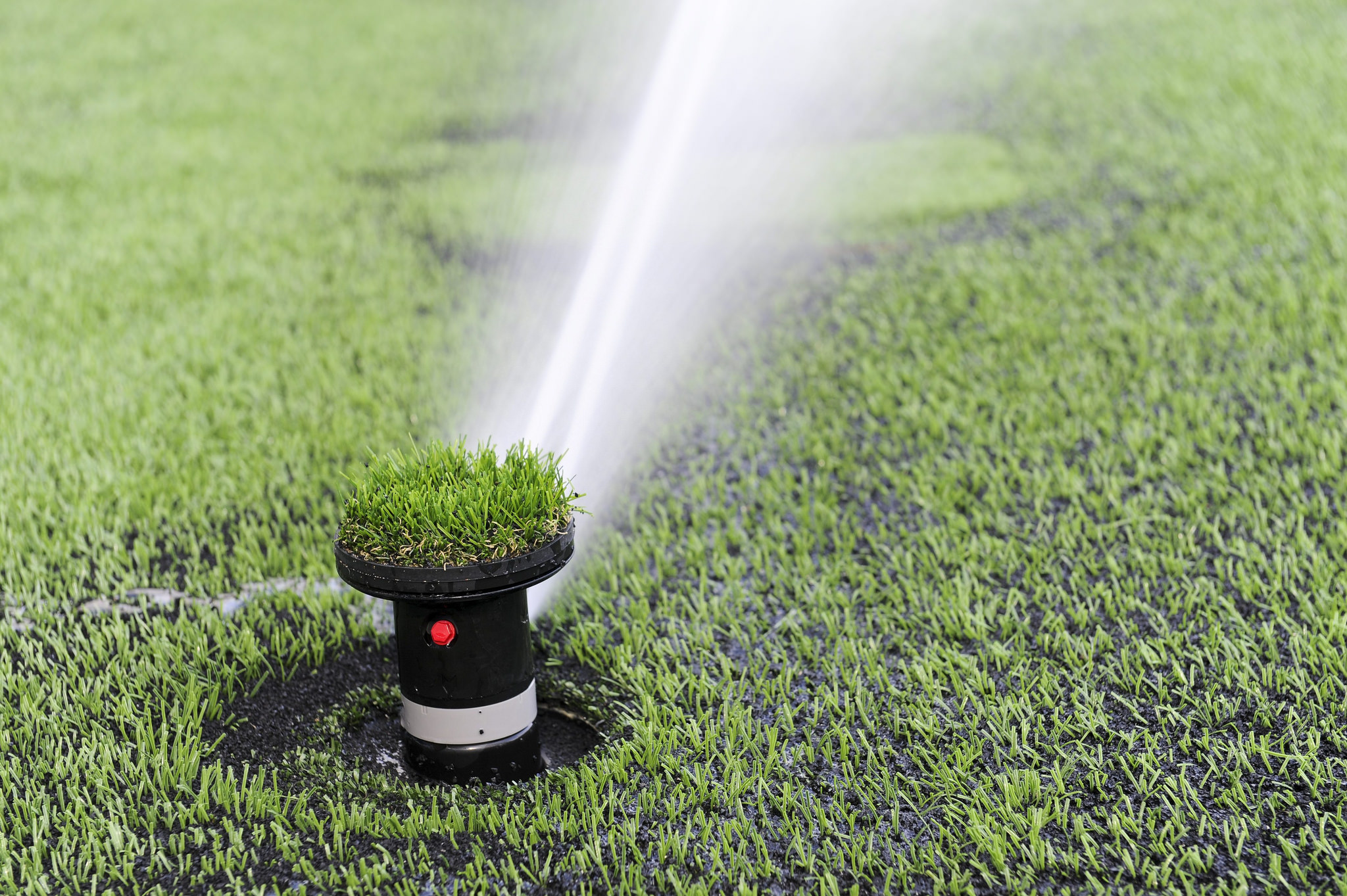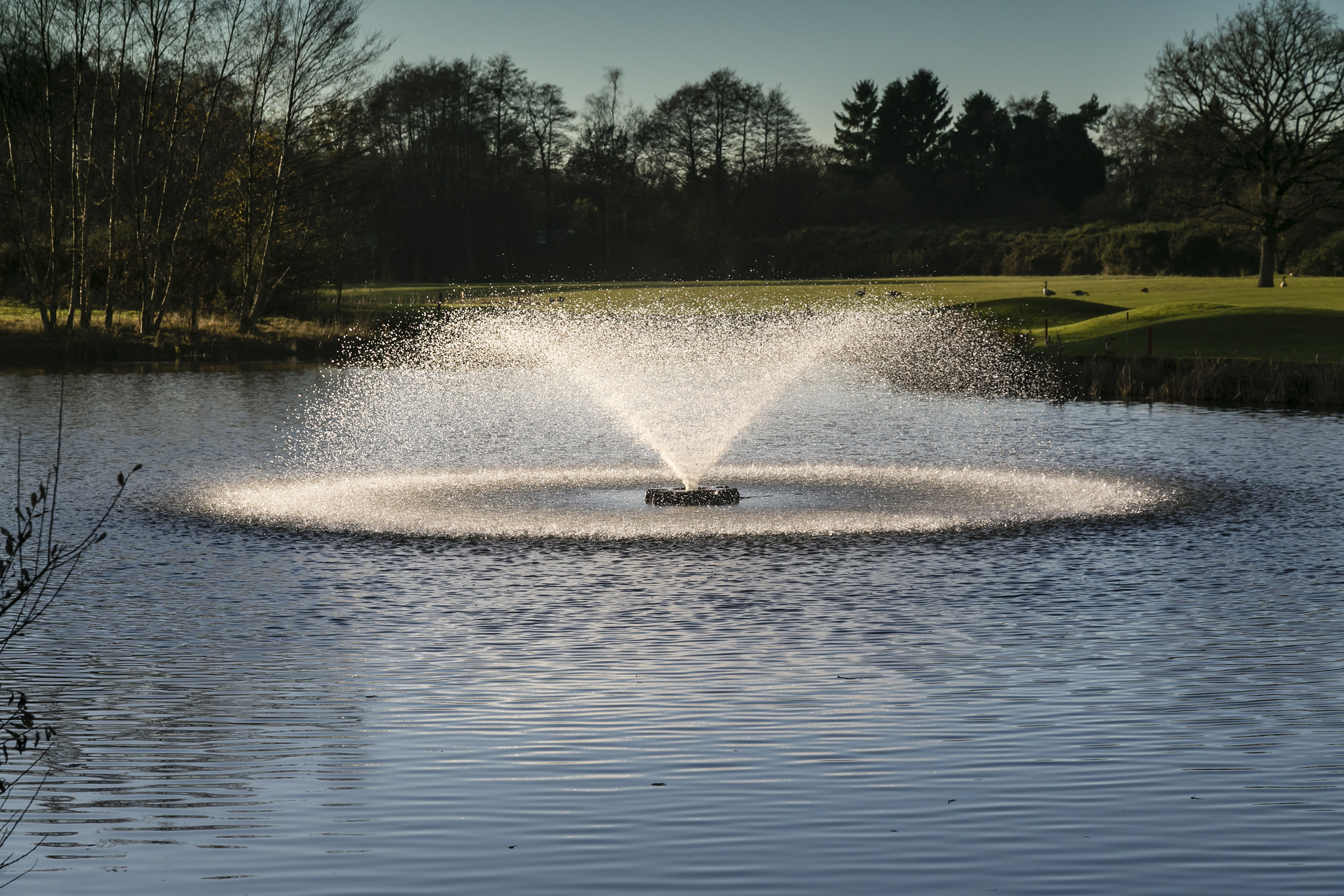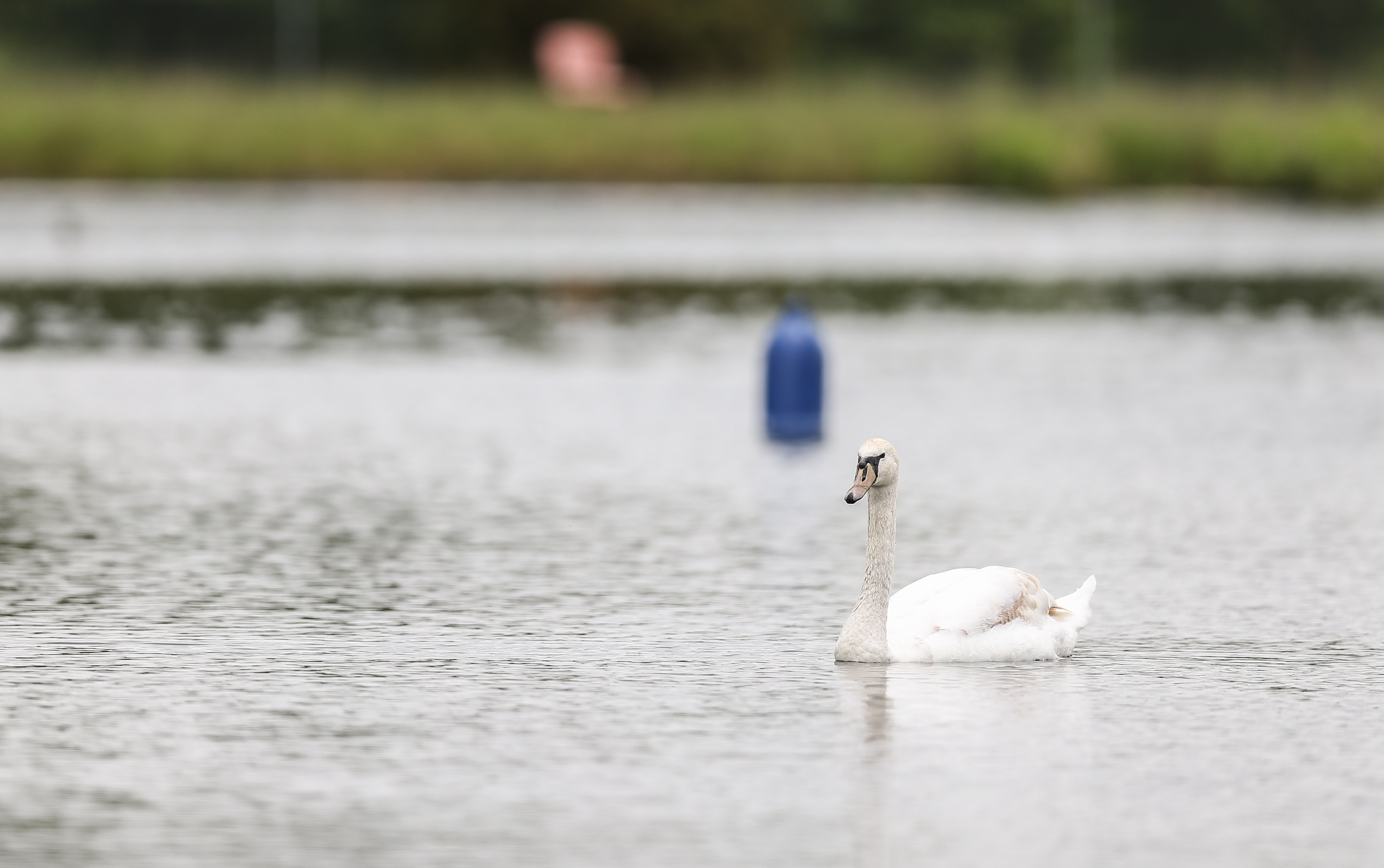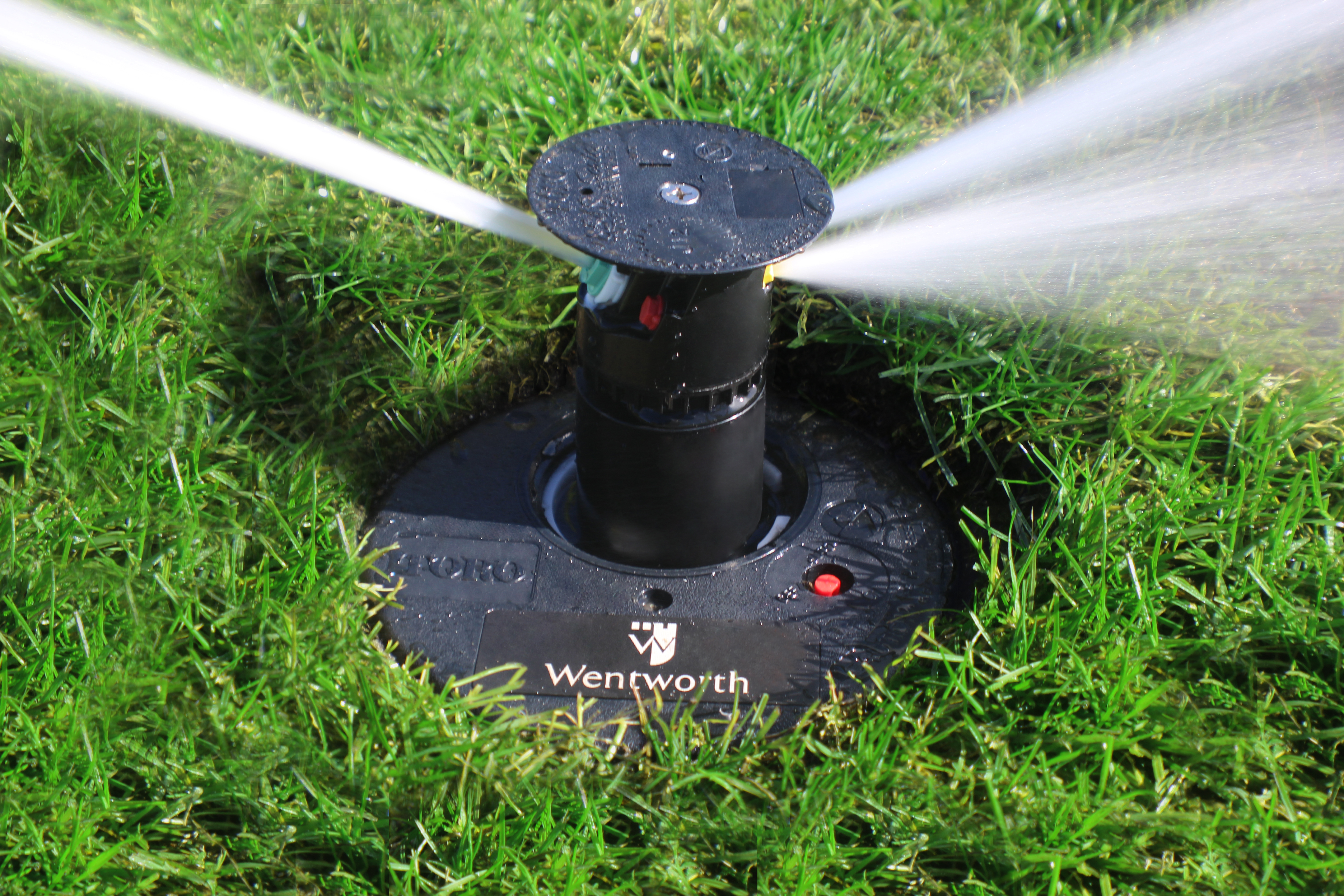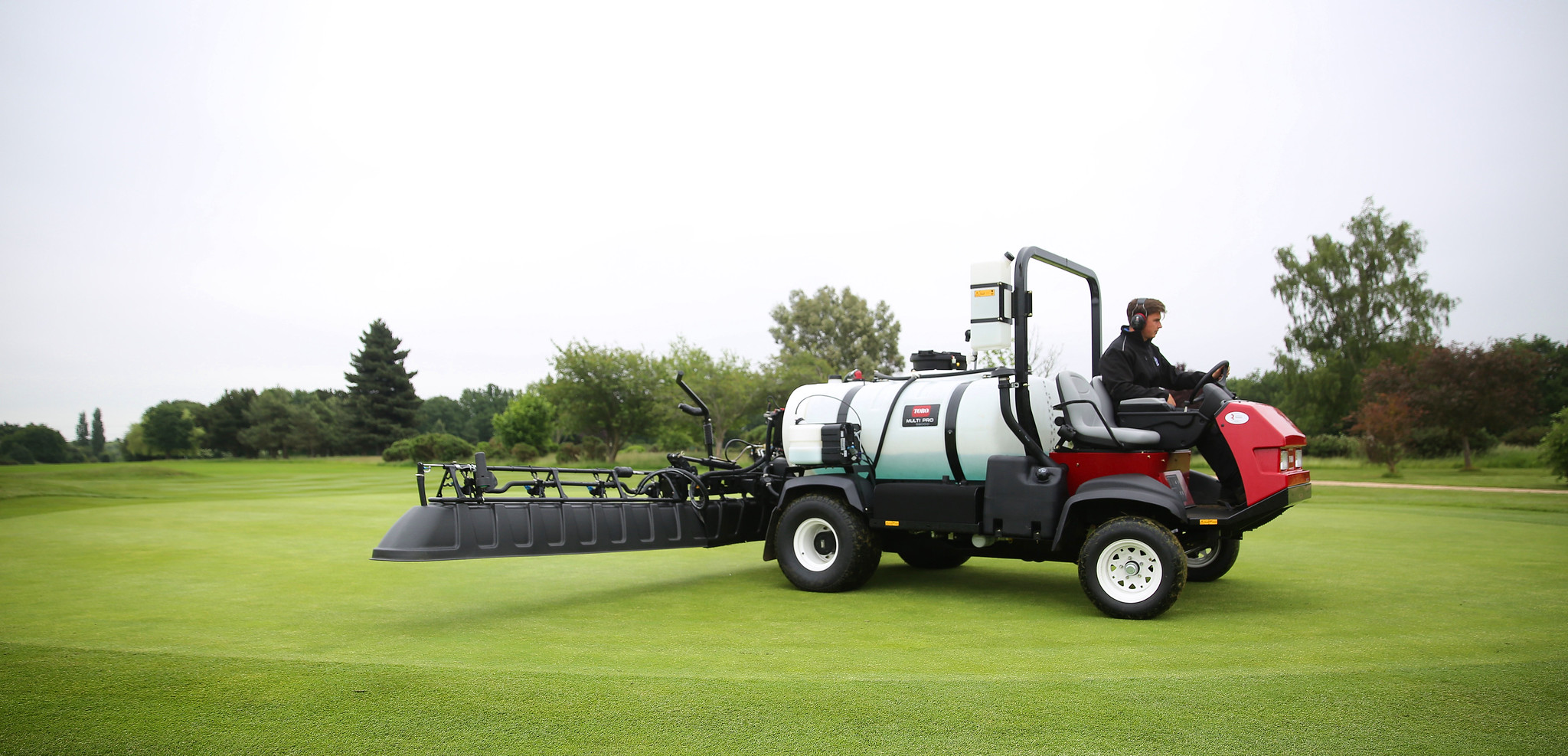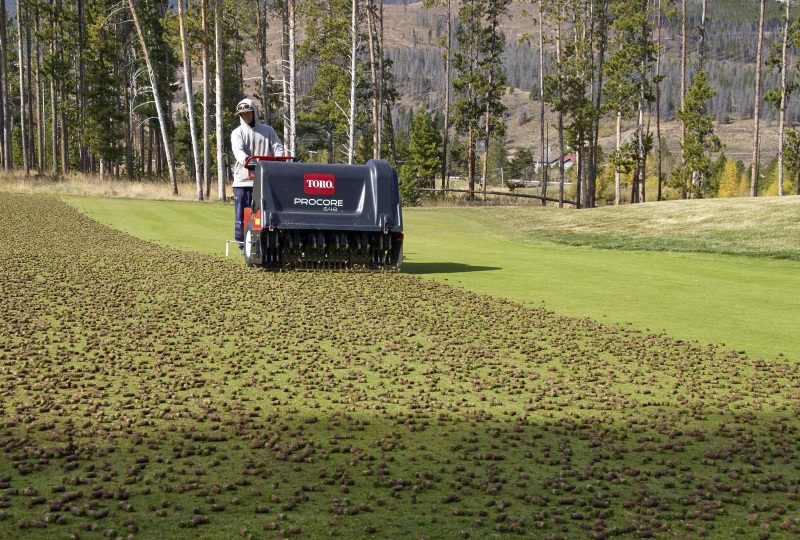- CONTACT US
- MOWERS
- VEHICLES
- APPLICATION
- Golf
- AERATORS
- VEHICLES
Lifespan of a Lake and Keeping On Top of Silt
CONTENTS
FEATURED STORIES

Reesink Turfcare
Reading time: 10 minutes
Inside Silt Management
Silt is not an uncommon occurrence in lakes and ponds on golf courses, an effect of these spaces being surrounded by nature, but what it can cause is havoc on the oxygen levels in the water, impacting the water body’s wellbeing, its lifespan and the wildlife within.
Removing silt, and even better preventing it all together can fix a whole host of problems, from bad smells to unsightly algae, ensuring your lake is a focal highlight for your grounds or golf course, and a hospitable habitat for any fish and animals that may reside there.
Here Simon Powell, Otterbine’s business development manager, considers the impact of silt and how to keep on top of it.
What is silt?
Silt in its description is a contradiction in terms - a solid granular material or solid dust-like sediment. Geologically it’s classified by its grain size and texture through a sieve, and is assigned a letter according to whether it is gravel, sand, clay or organic.
It can be created with the erosion of rock as grains are transported through flowing water such as rivers, grinding down until they become silt sized. At such a point, this sediment can find itself washed into lakes and ponds through an inlet or watercourse where it can settle and become the layer of black silt you might be familiar with.
Alternatively, silt can come from organic matter washed in from surrounding fields or plants. Lakes and ponds that are tree-lined are particularly vulnerable to heavy siltation as dead plant leaves and other organic material fall from surrounding fauna into the water and build up on the lake bed.
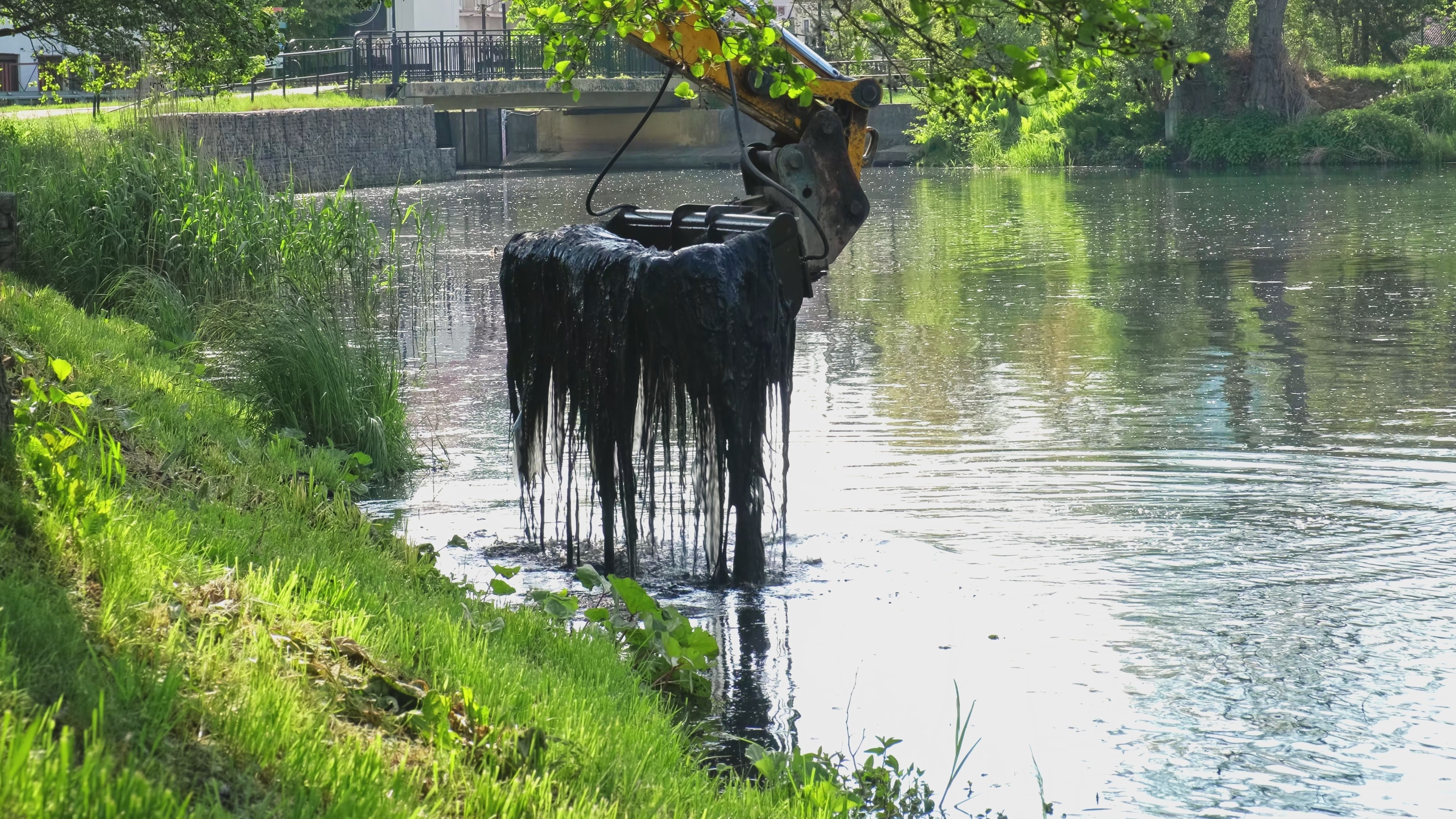
Why is silt a problem?
As silt builds up on the bottom of lakes, it inevitably decays. Natural processes work to break down this organic matter using up oxygen levels from the water and this increases the demand on dissolved oxygen levels.
Without a sufficient level of oxygen in the water, anaerobic bacteria work to break down organic build up within the water and bottom of the lake. During this process, the bacteria will produce waste gas, which is what we can then smell.
Another issue with silt if left is that it reduces the depth of the water body and causes risk of flooding, similarly if there is an outlet that is also blocked with silt, heavy rains will cause flooding on the adjacent land, which is particularly disastrous if there is property on that land, if it is agricultural, or if it’s in use for leisure or commercial activity, for example a golf course or public park.
If silt blocks inlets and outlets preventing water flow, the possibility of stagnant water which smells and looks extremely unpleasant becomes a distinct possibility and the high nutrient levels of the silt encourages dense algae blooms, spoiling the water quality and aesthetics.
Finishing the list of silt-related problems are that with large quantities of semi-decomposed leaf and plant debris, oxygen levels in the water will be reduced, which is detrimental to fish and other aquatic life present. It also often creates acidic conditions, which further reduce the quality of the water. Waters that have become very shallow due to silt build-up also pose a threat to fish stocks too – they need deeper, cooler water in warm weather.
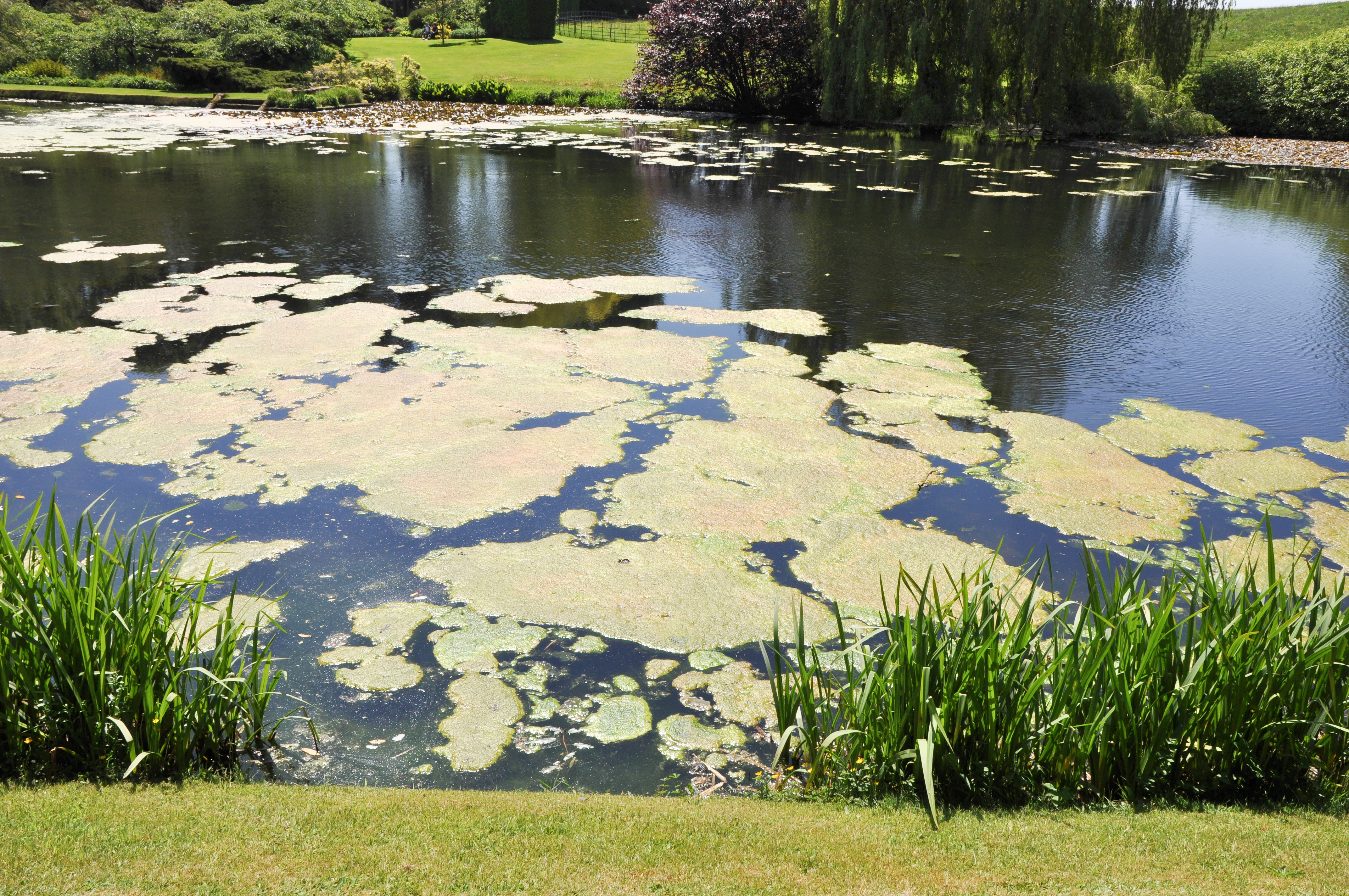
Water aeration
So, what’s the solution? Well, it’s as simple as water aeration. By providing the water with plenty of oxygen shifts this anaerobic bacteria to an aerobic form. Aerobic types can decompose organic matter without producing carbon dioxide waste gas, making the process both harmless and odourless.
Aerobic bacteria, encouraged by proper aeration, work much faster than their anaerobic counterparts, pulling nutrients such as phosphorus from the lake and making it unavailable for algae to draw from and use to grow.
Silt pumping and silt dredging is one way to carry out silt removal, however this can be a large operation that is going to cost you in time and money. By adding a quality aeration system, not only can you avoid emptying your lakes to fix a silt problem, you can avoid it all together.
Adding dissolved oxygen to water is always important in keeping ponds and lakes as healthy as possible as it supports the aerobic and oxidative processes of the water. The oxygen attaches to the phosphorus and converts it into an insoluble form, making it unavailable to plants as a nutrient.
Water aerators work by transferring oxygen back into the water, and there are two primary techniques in which an aerator commonly does this.

Types of aeration
Surface aeration occurs when floating surface aerators disrupt the lake’s surface and displace water by throwing droplets into the air where they can make contact with oxygen molecules. When they fall back to the surface, that ‘dissolved oxygen’ is then released back into the water, becoming available to use in the process of breaking down organic sediment.
These systems operate in a depth as little as 75cm of water, making them suitable for ponds and lakes of practically any size.
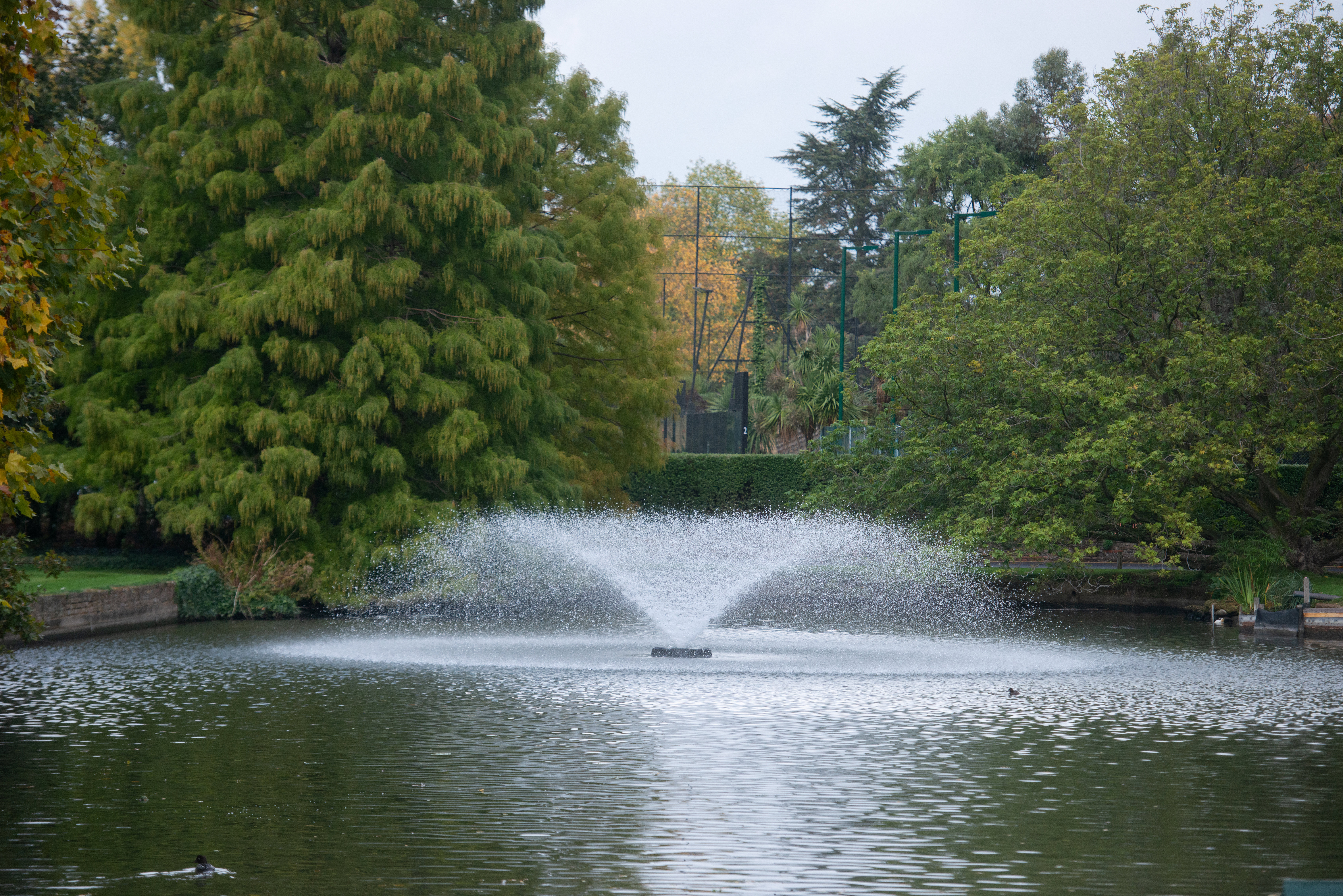
Subsurface aeration, as the name suggests, works beneath the water level and is often unseen all together. Diffused aerators drive air down a tube where it’s released via a diffuser at the bottom of the water body. The air bubbles can then be slowly ‘absorbed’ by the water as they rise to the surface – because of this process, subsurface aerators are also sometimes referred to as bubbler systems.
The deeper the diffuser is, the more oxygen it can transfer back into the lake. Because of this, subsurface aeration is recommended for bodies of water that are at least eight feet deep.
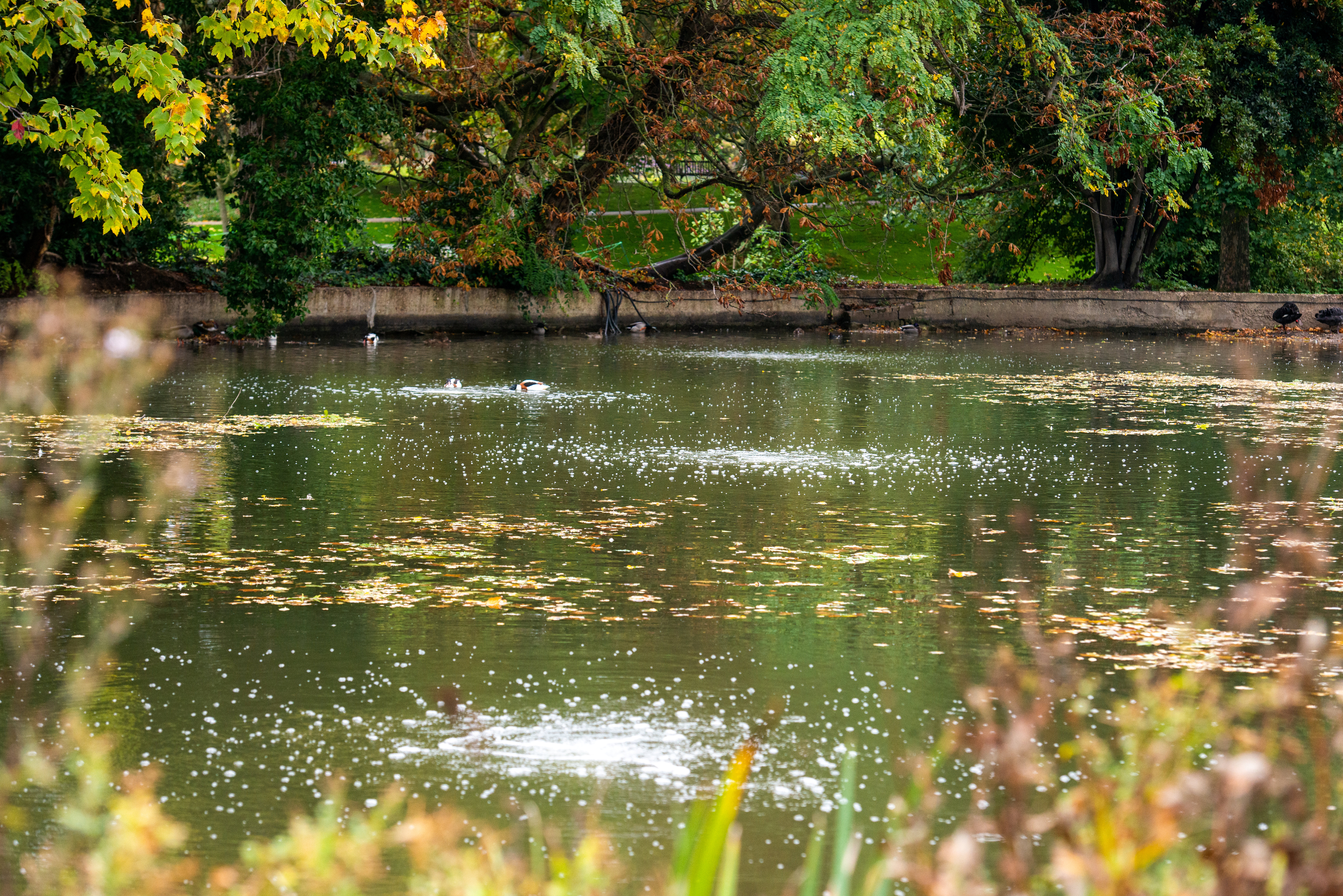
Otterbine systems offer the highest oxygen transfer and pumping rates in the industry. They can add as much as 3.3lbs or 1.5kg of oxygen per horsepower hour into the water and can pump over 920 GPM or 199m3/hr per horsepower, making them ideal to undertake silt removal, combat poor water quality and ultimately extend the lifespan of your lake.
To find out more about how the Otterbine range of aerators and fountains can tackle silt in your lake, contact Reesink on 01480 226800, email info@reesinkturfcare.co.uk or visit reesinkturfcare.co.uk

Reesink UK LTD | 1-3 Station Road, St Neots PE19 1QF | Registered in England
Reesink UK LTD is authorised and regulated by the Financial Conduct Authority.


